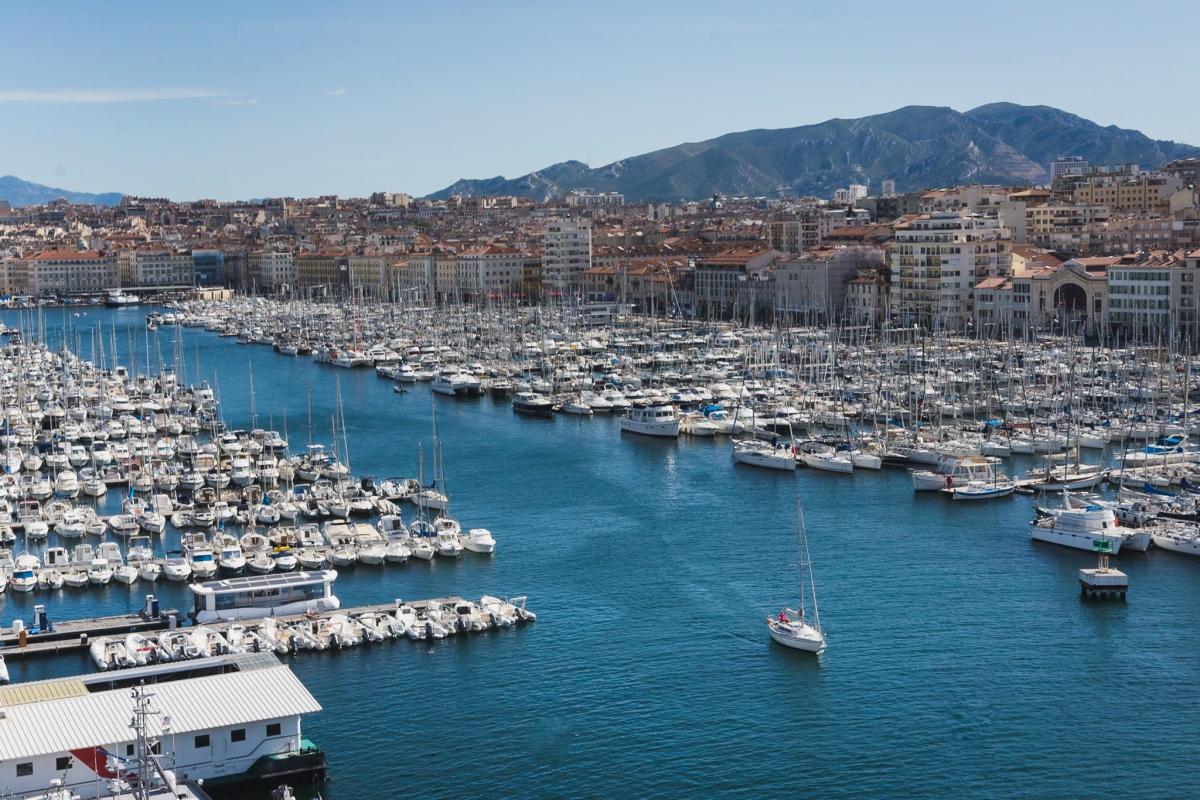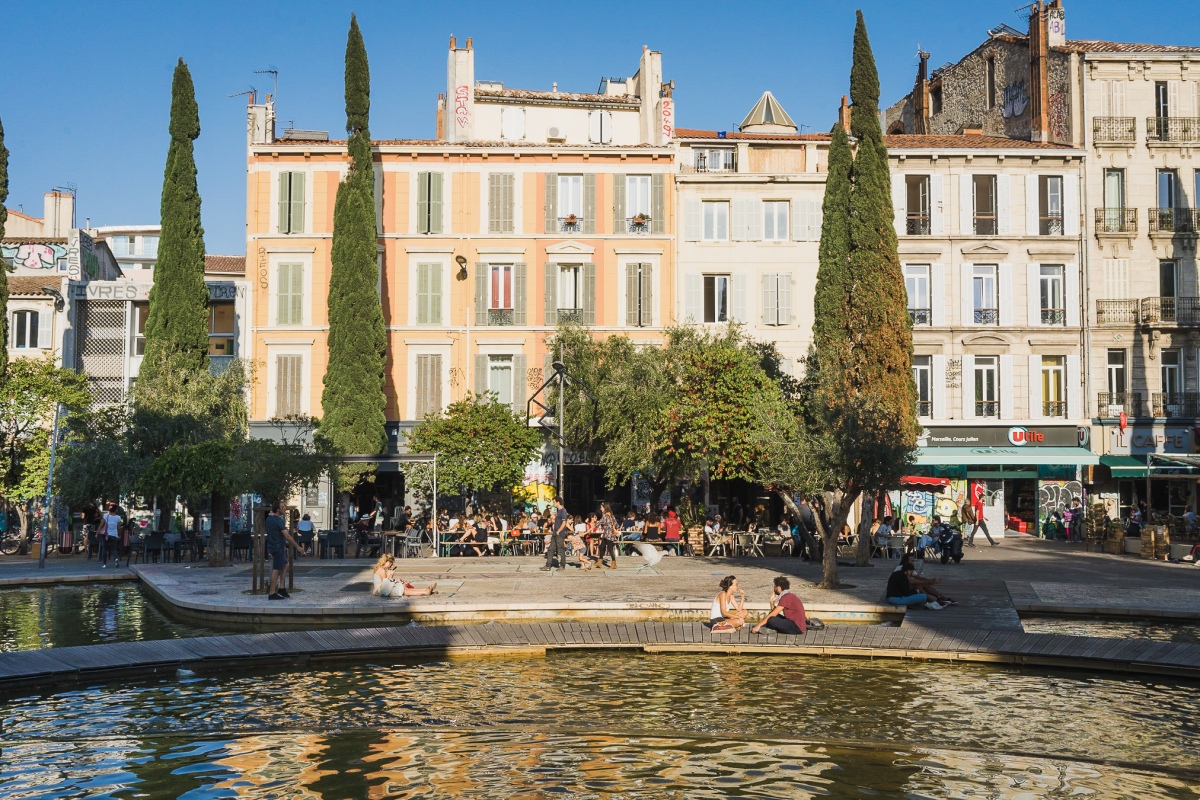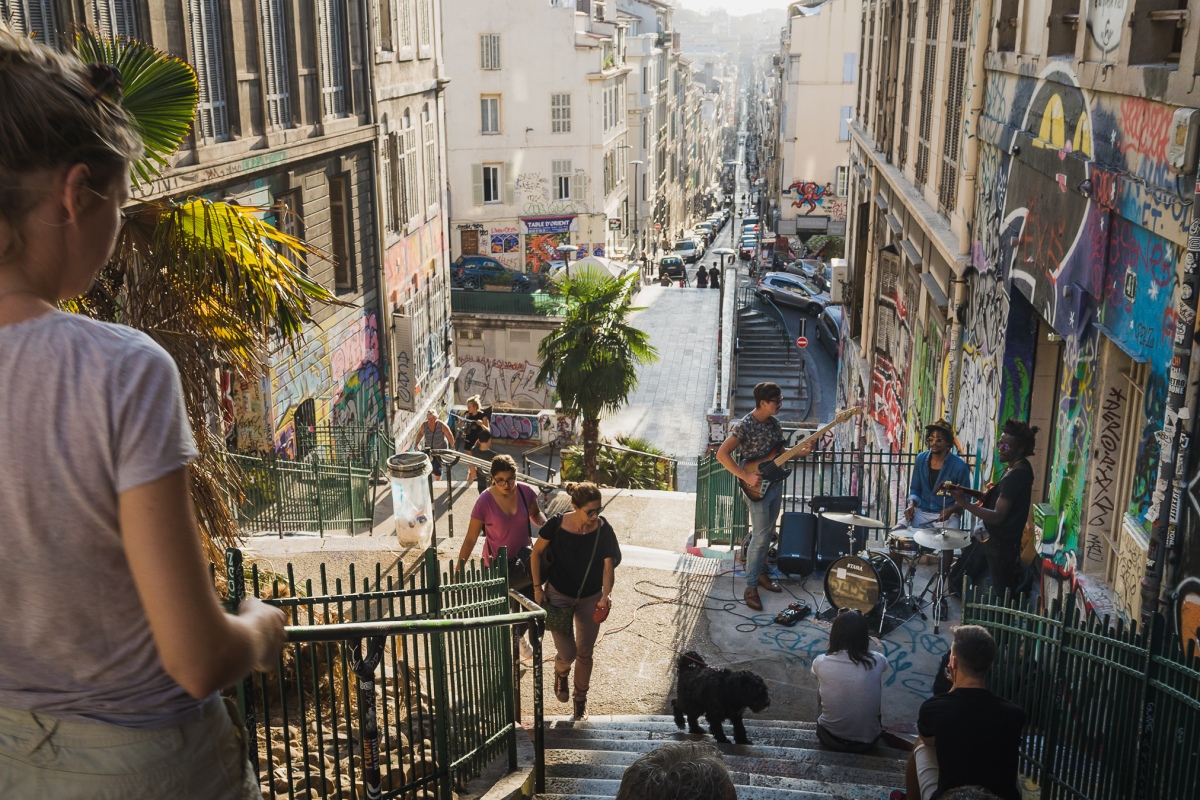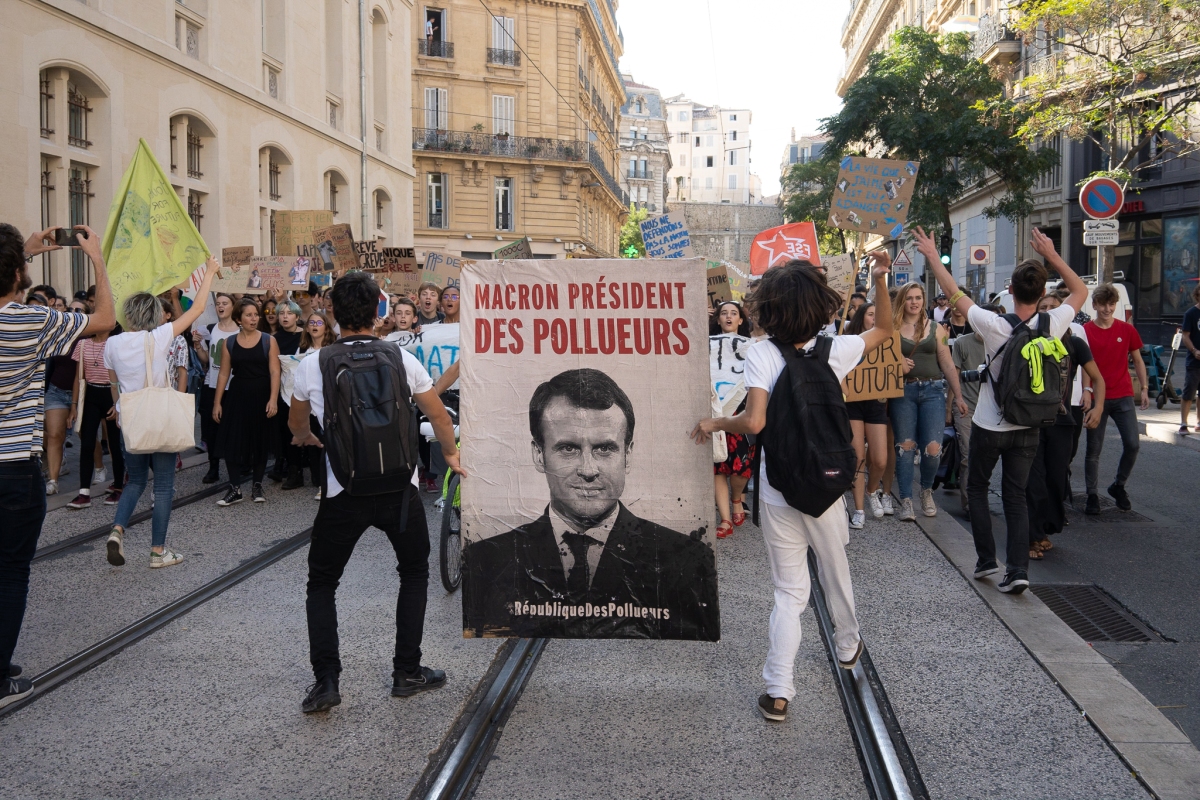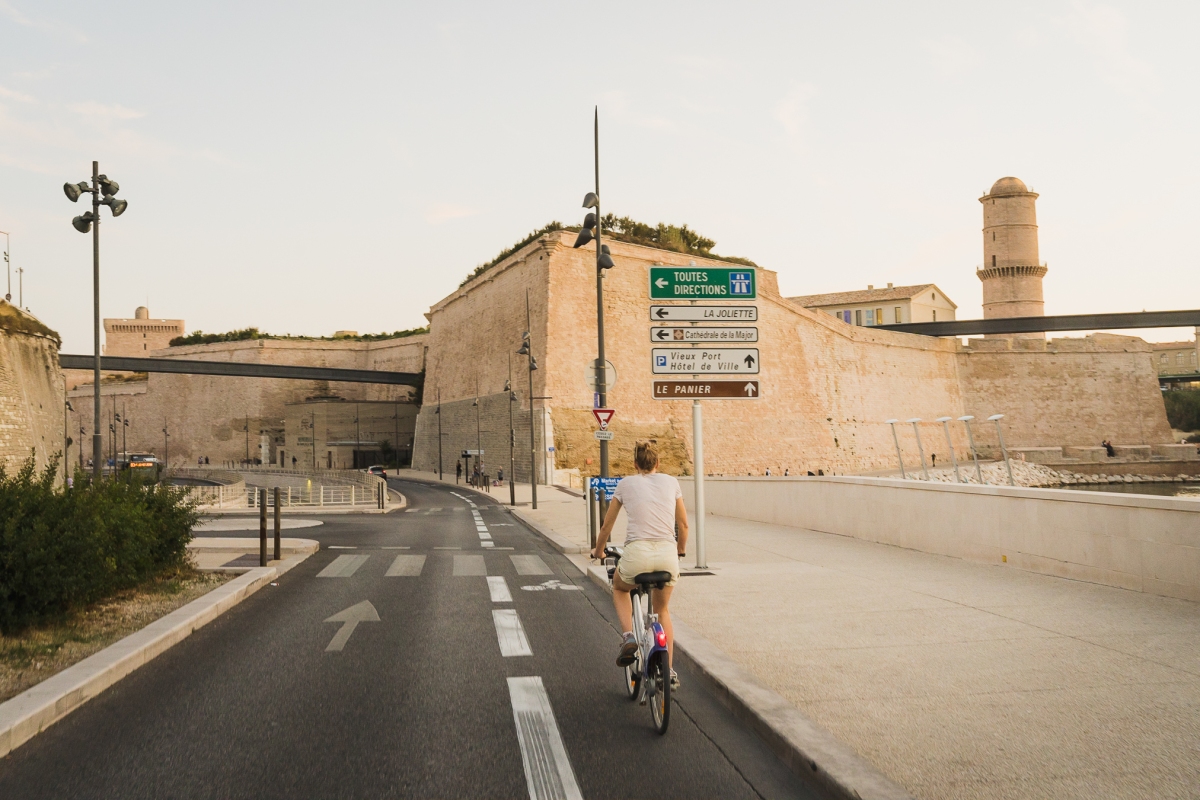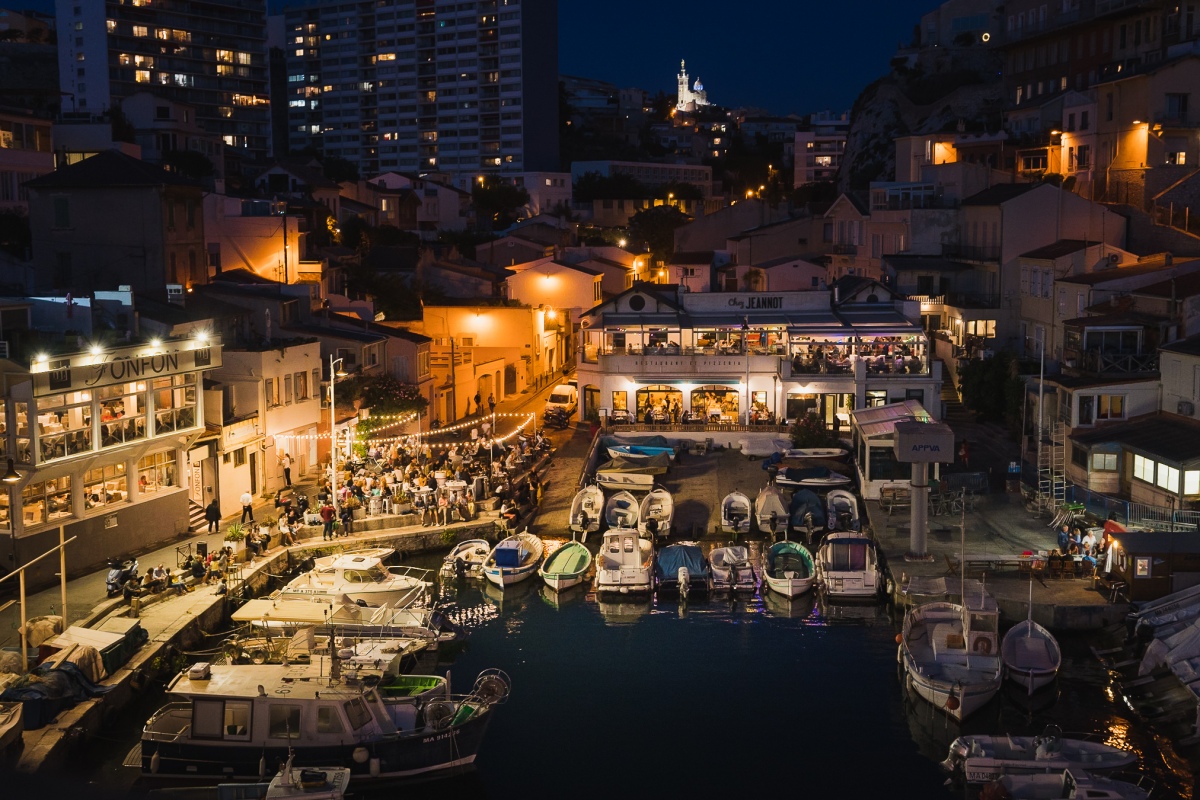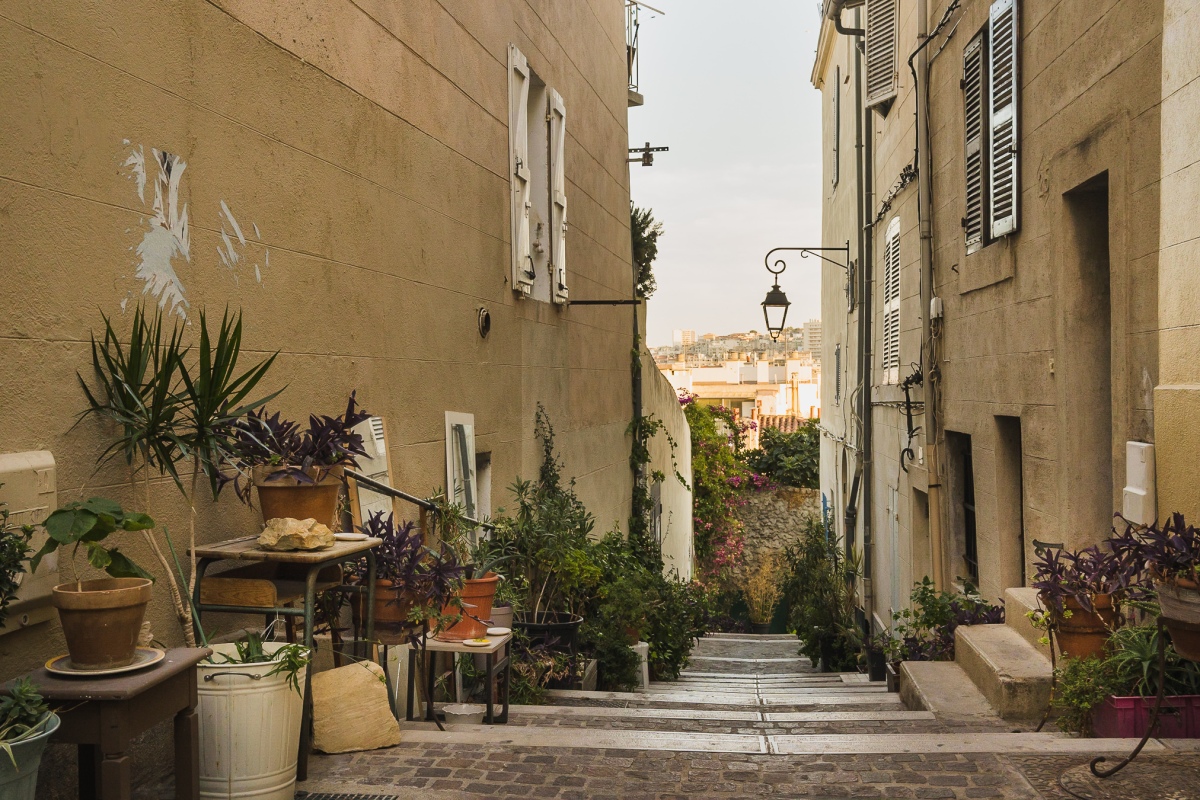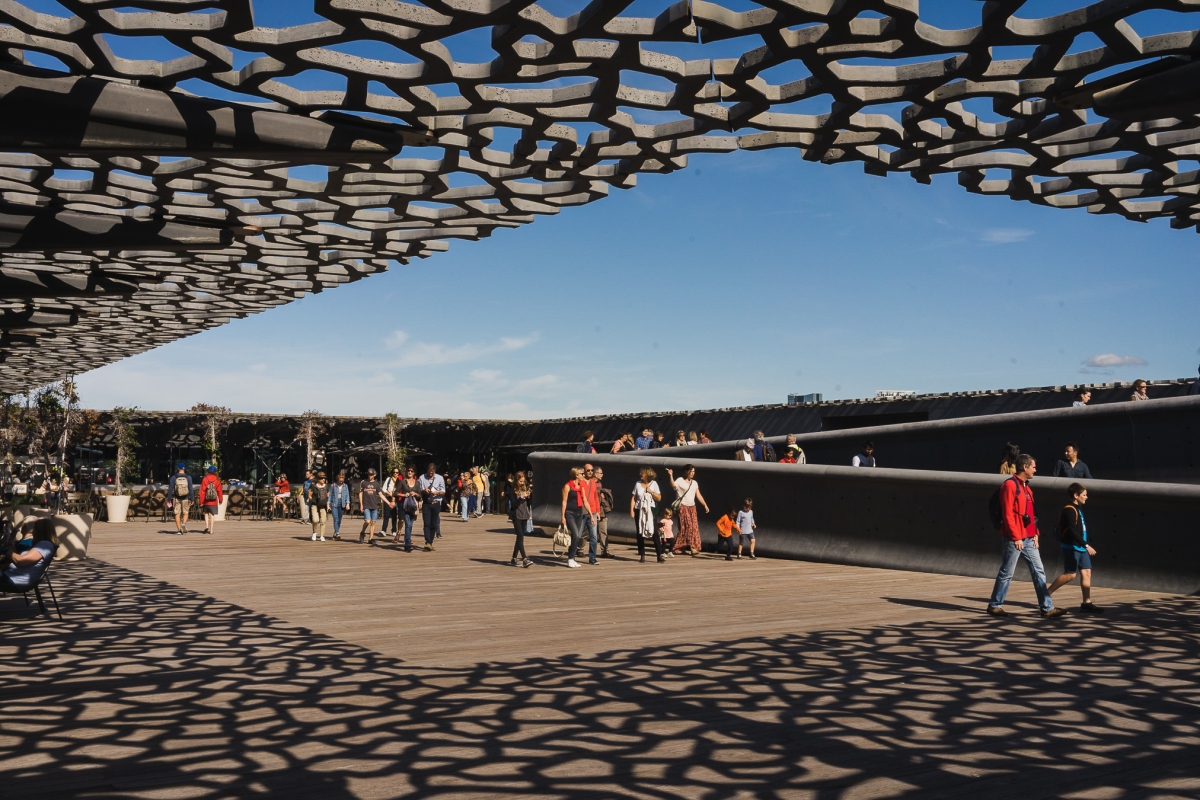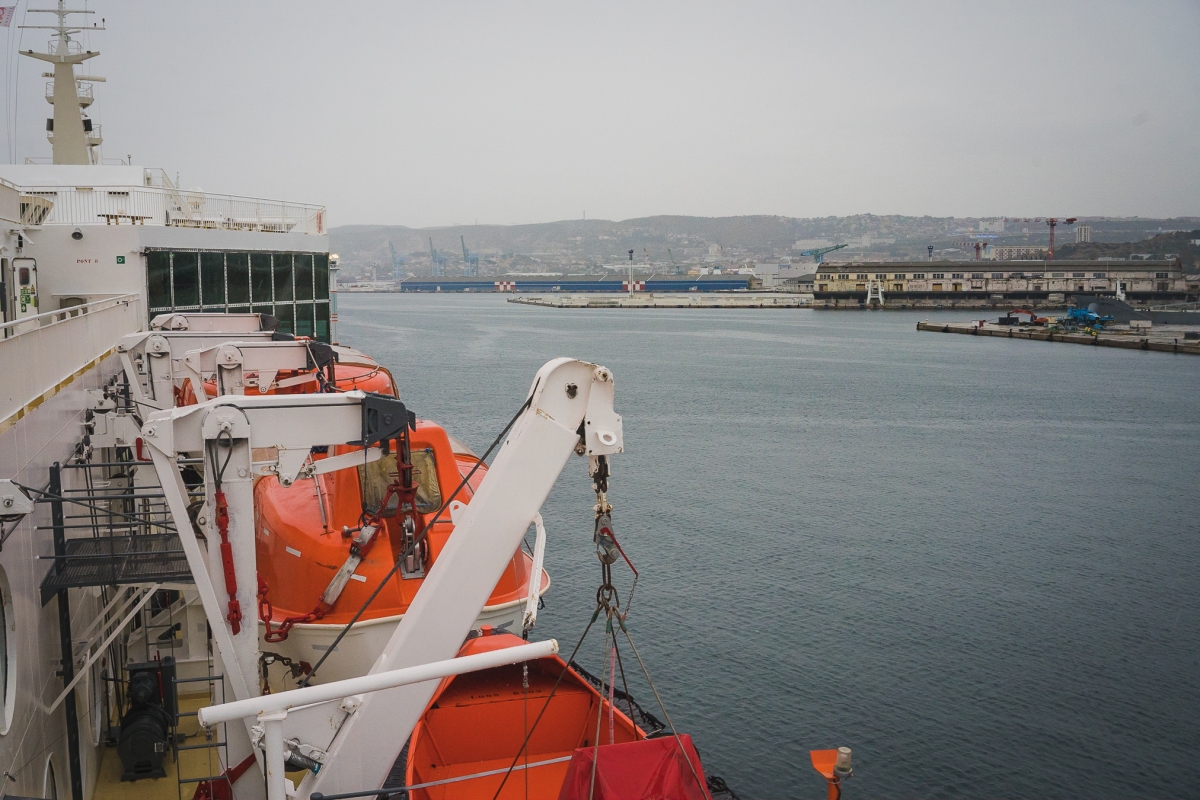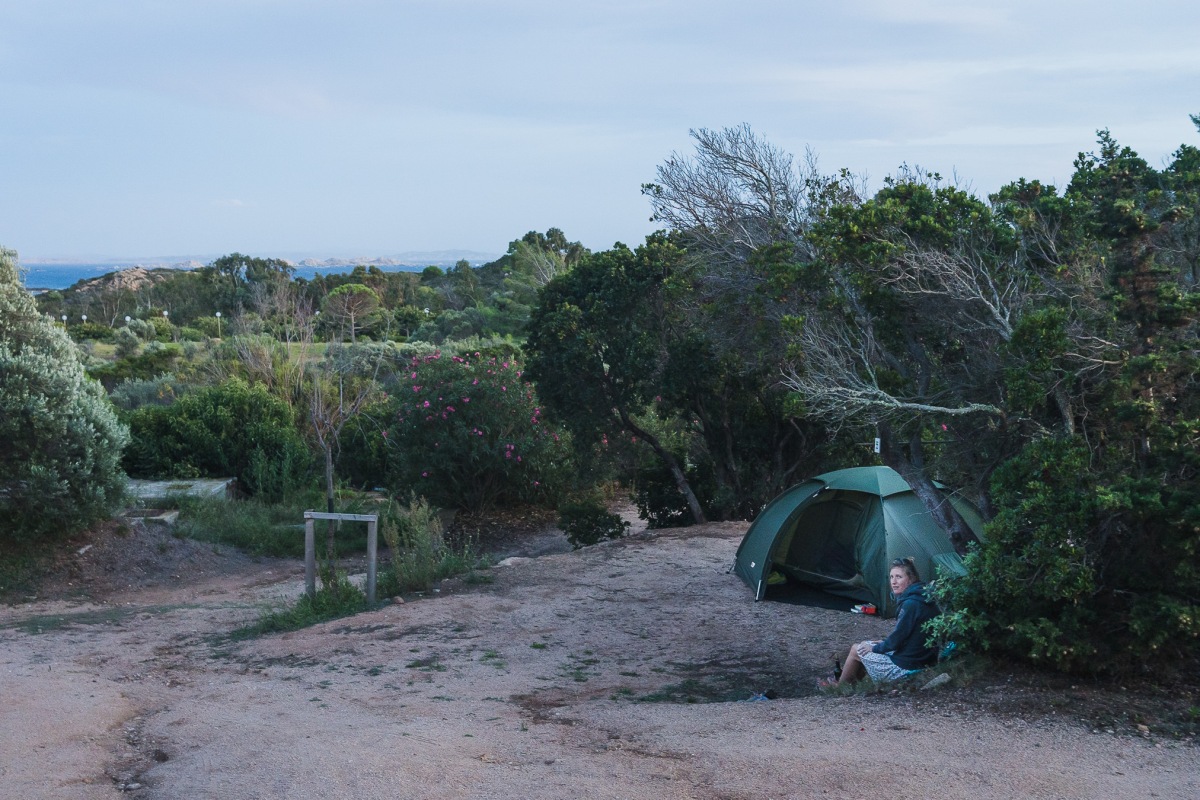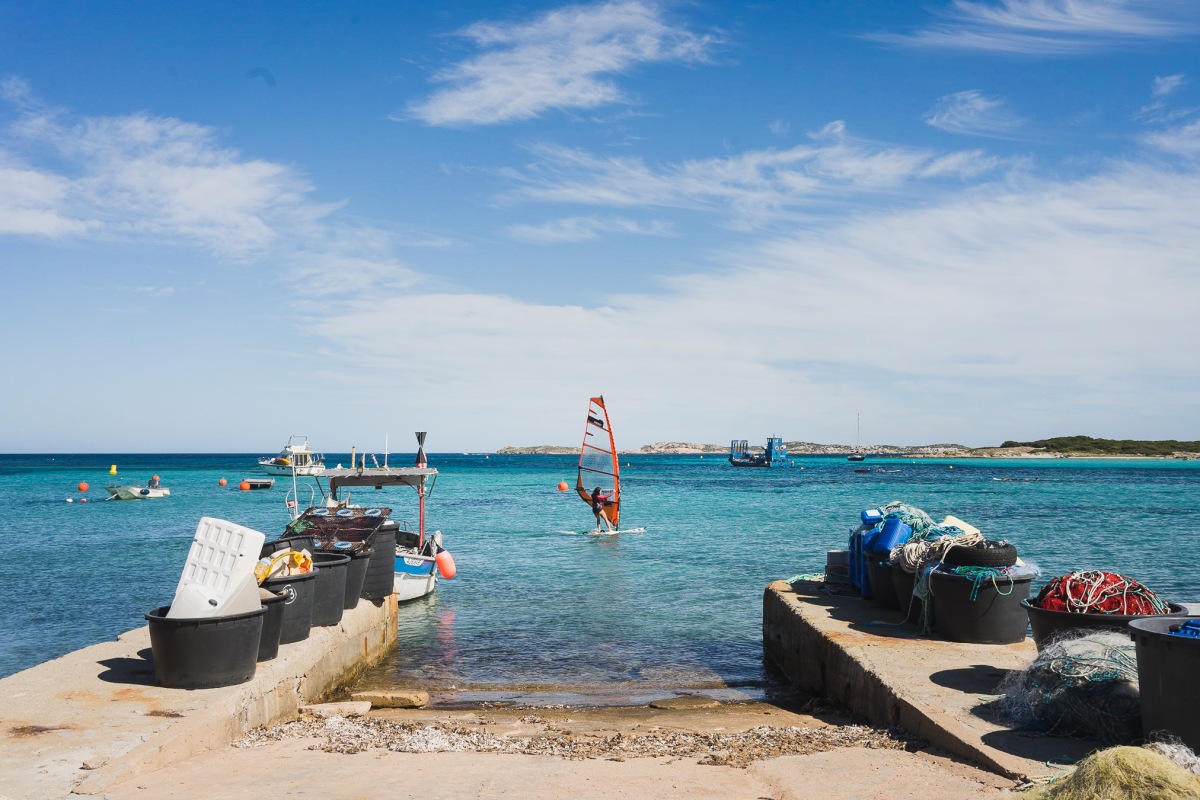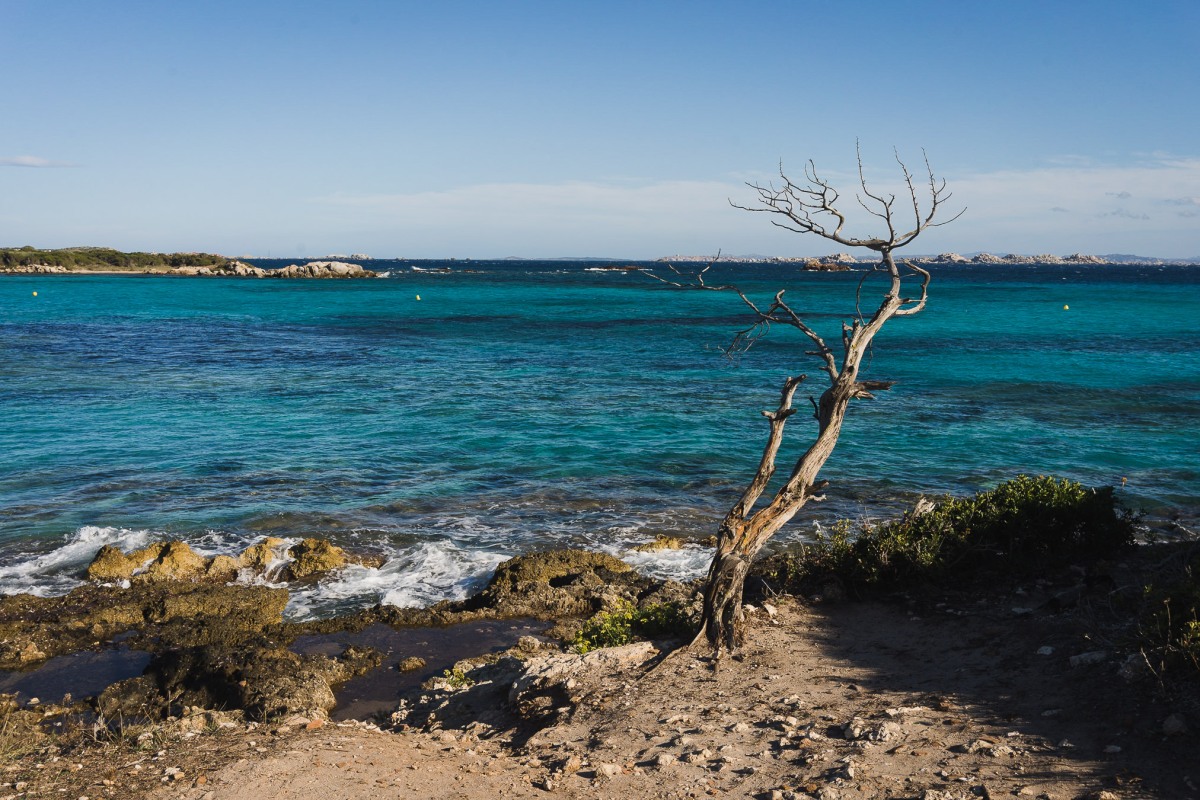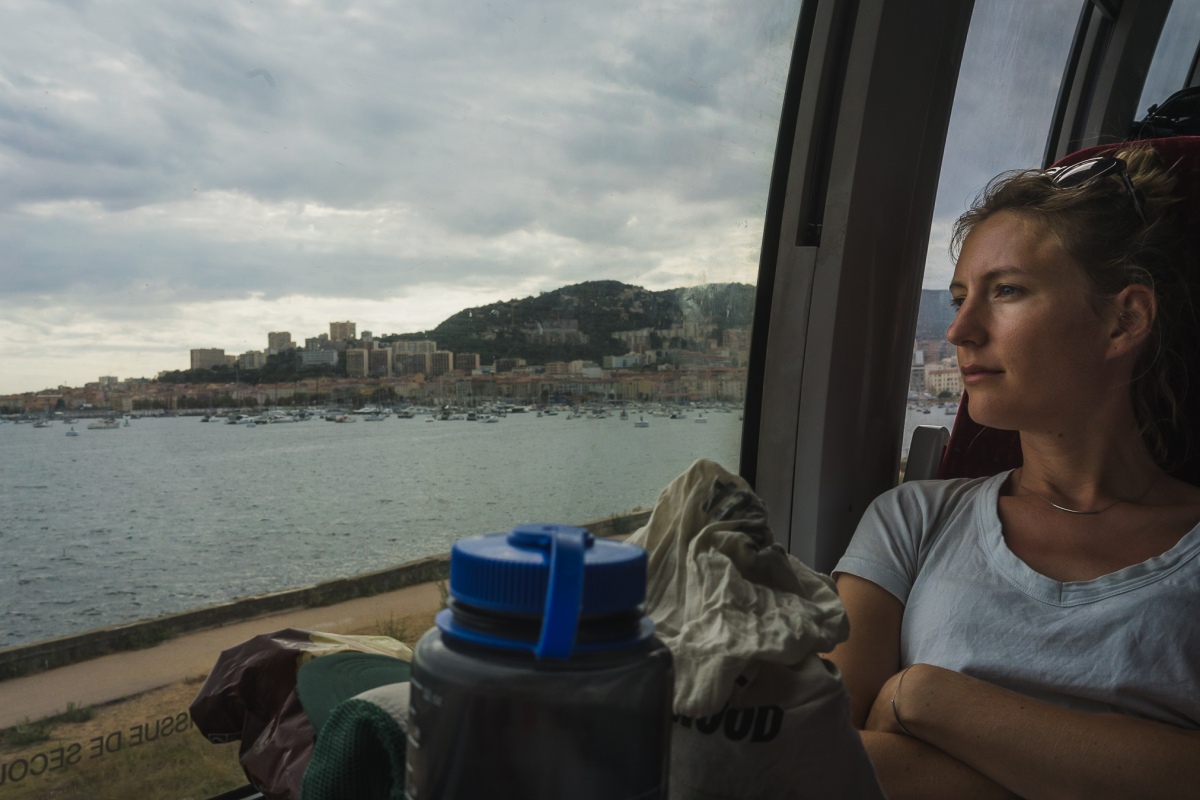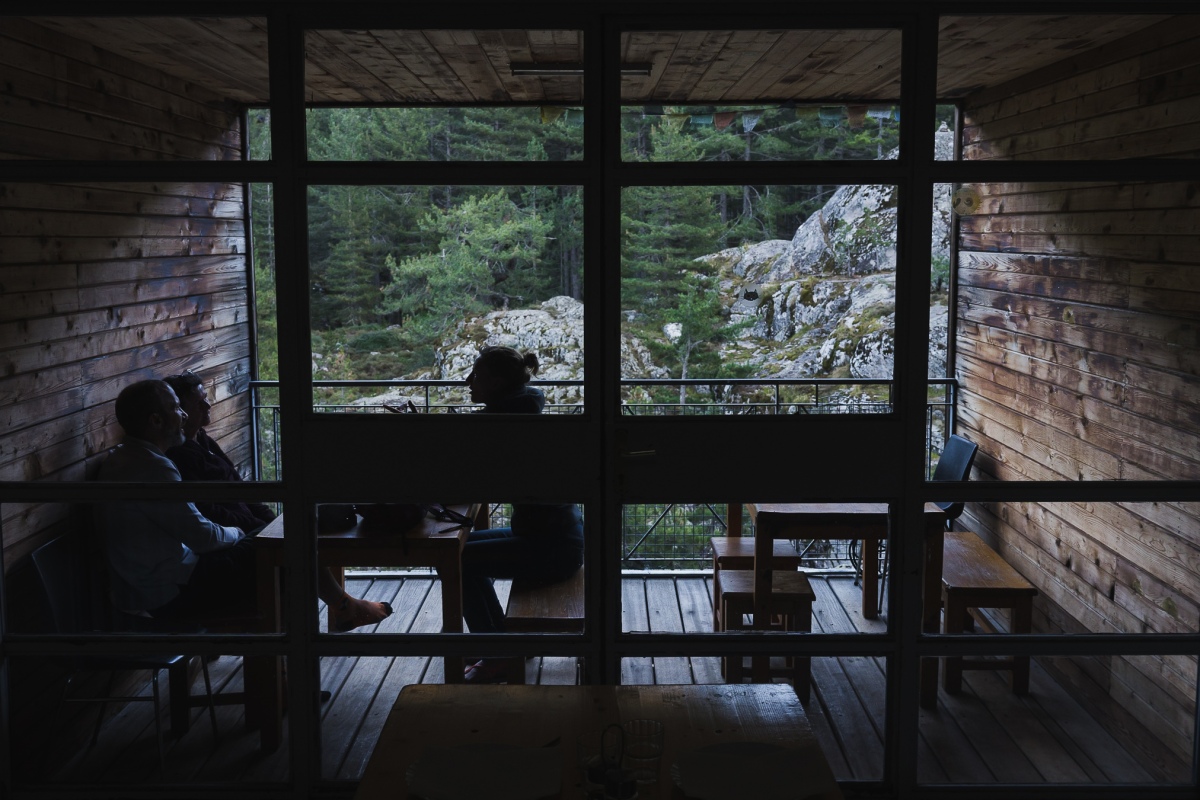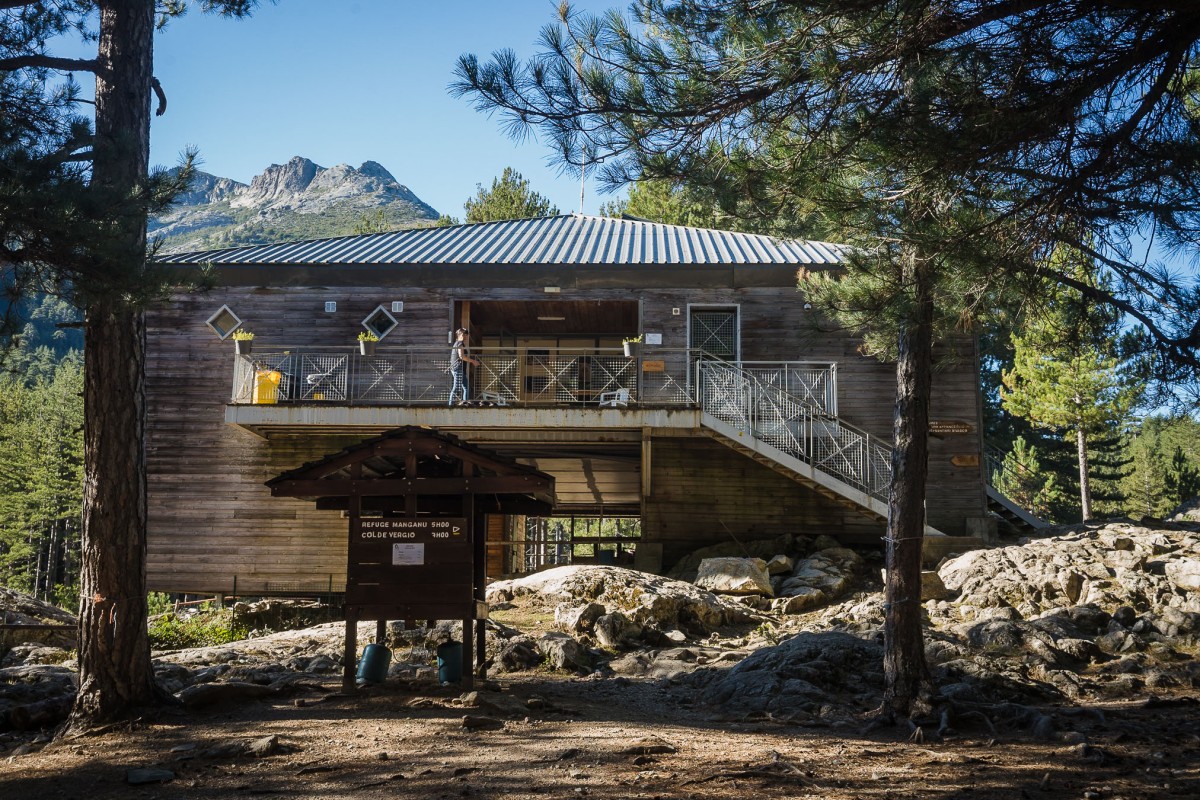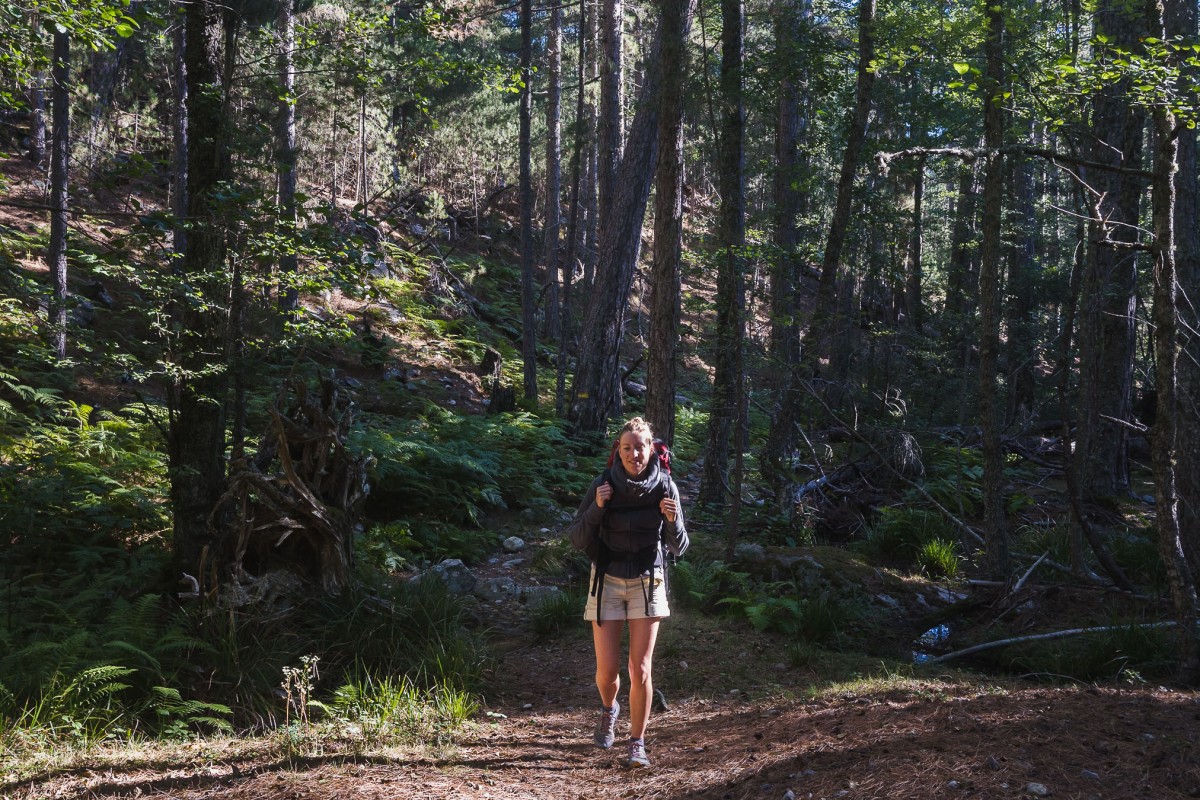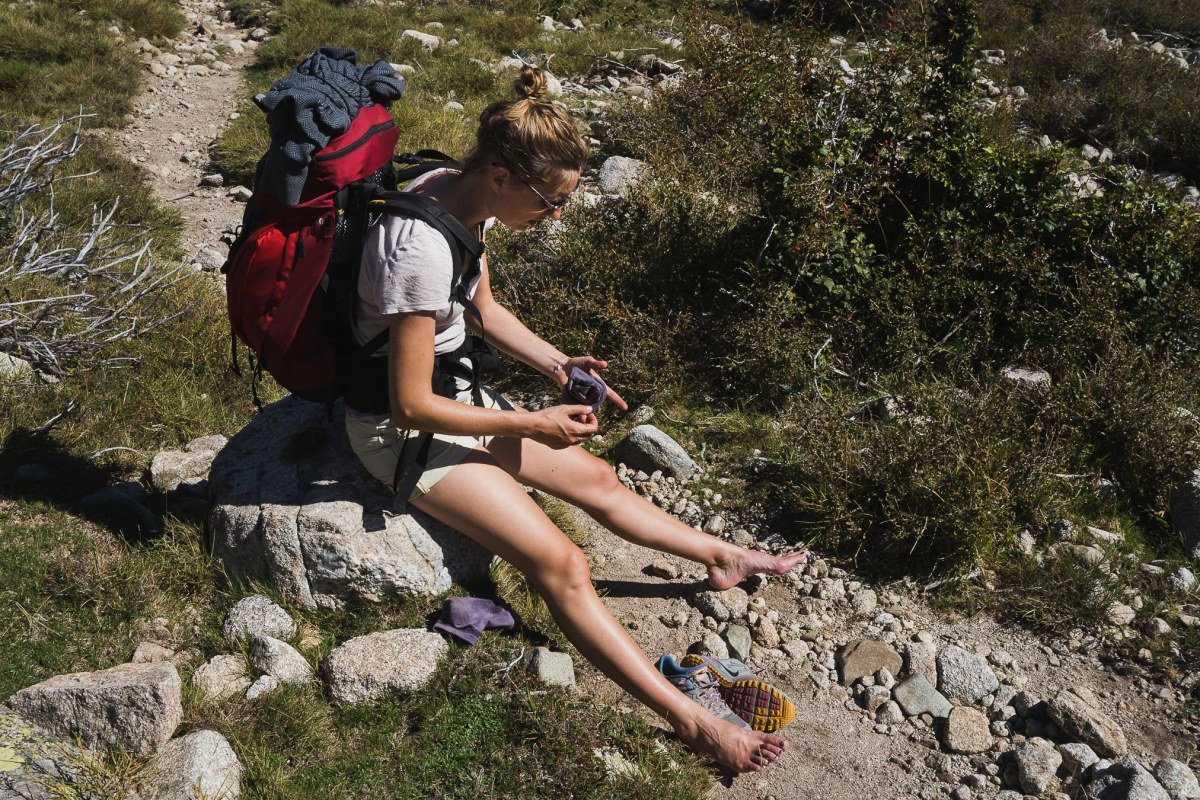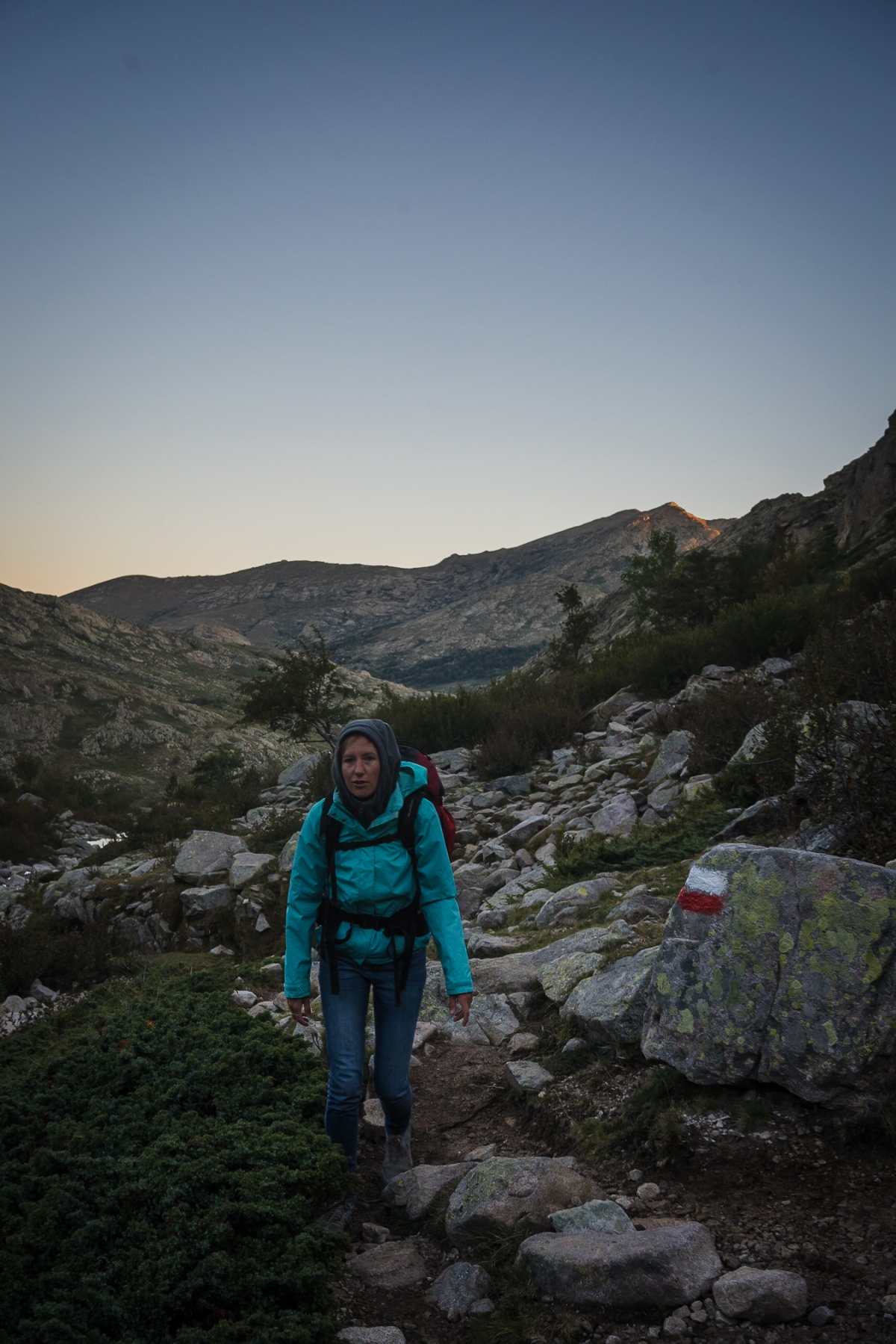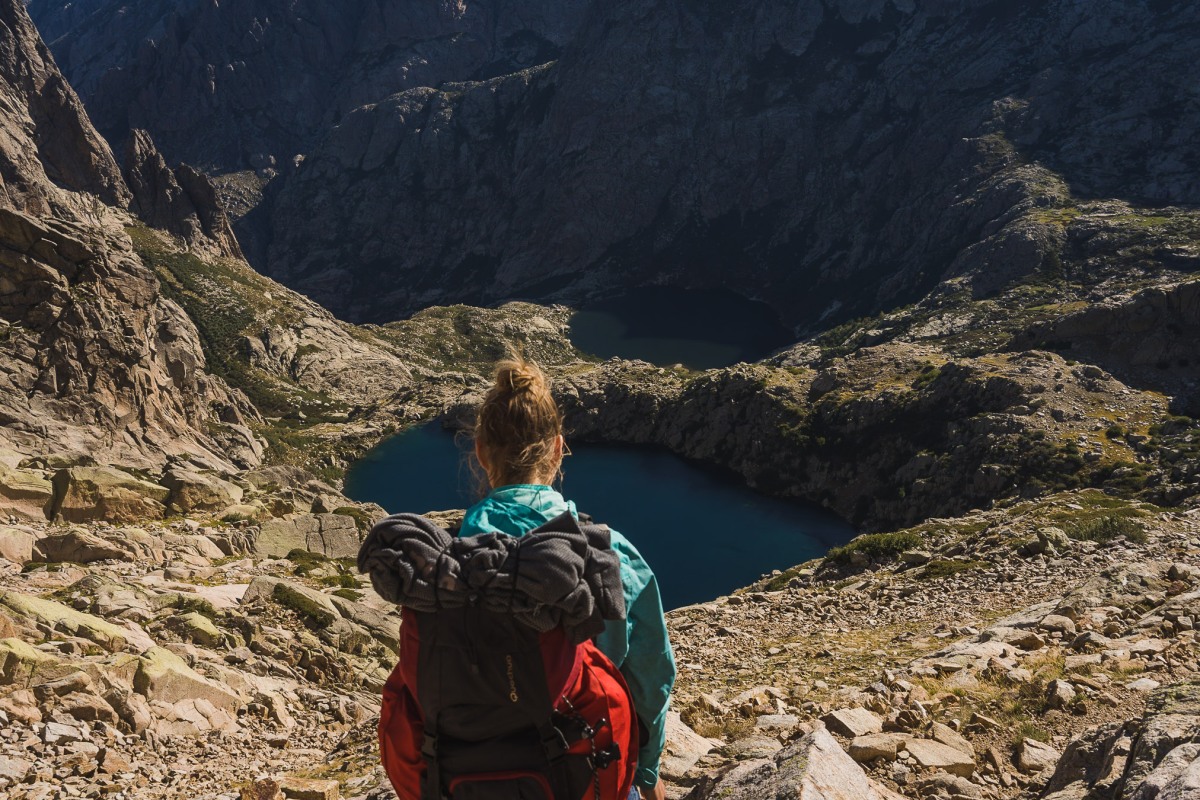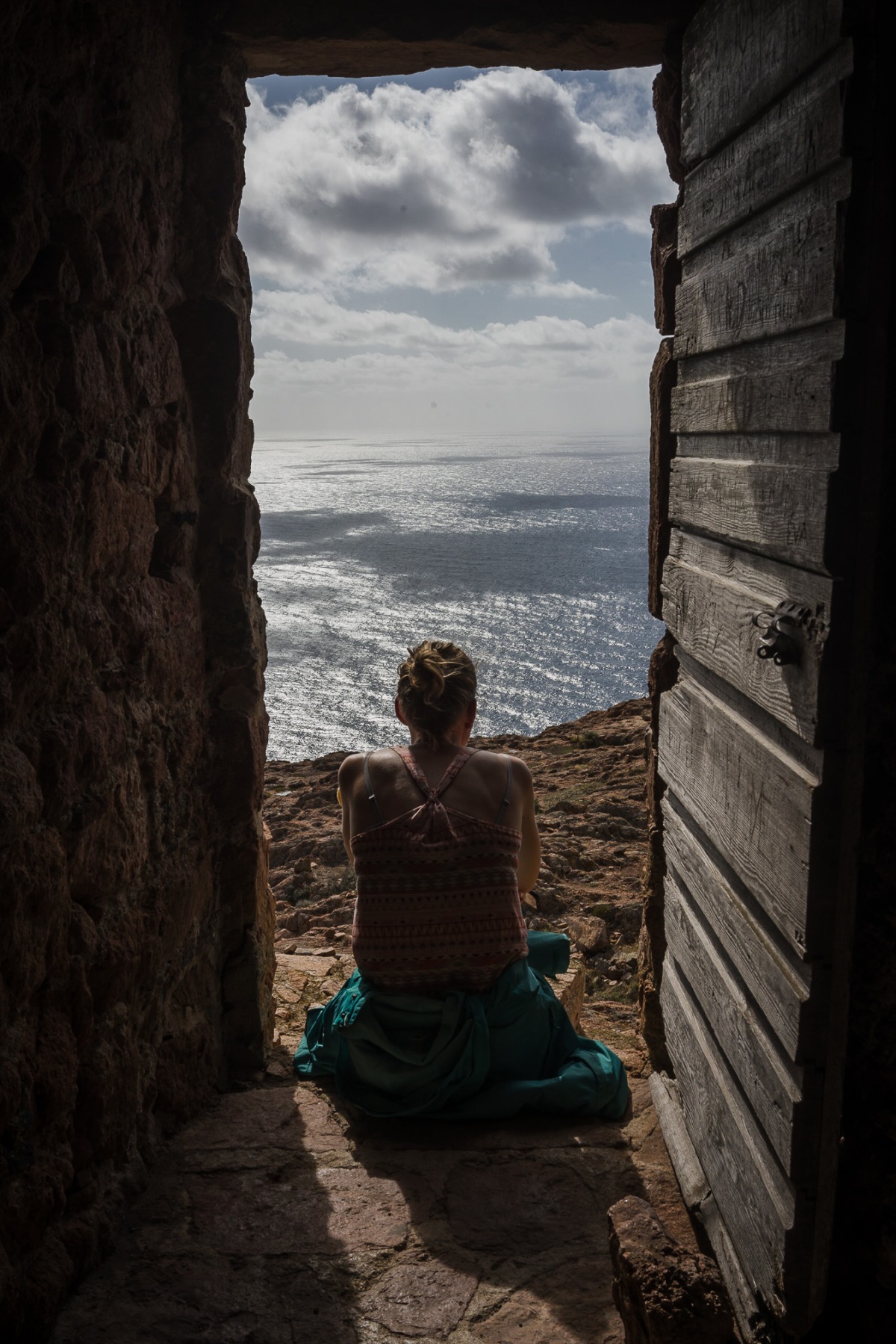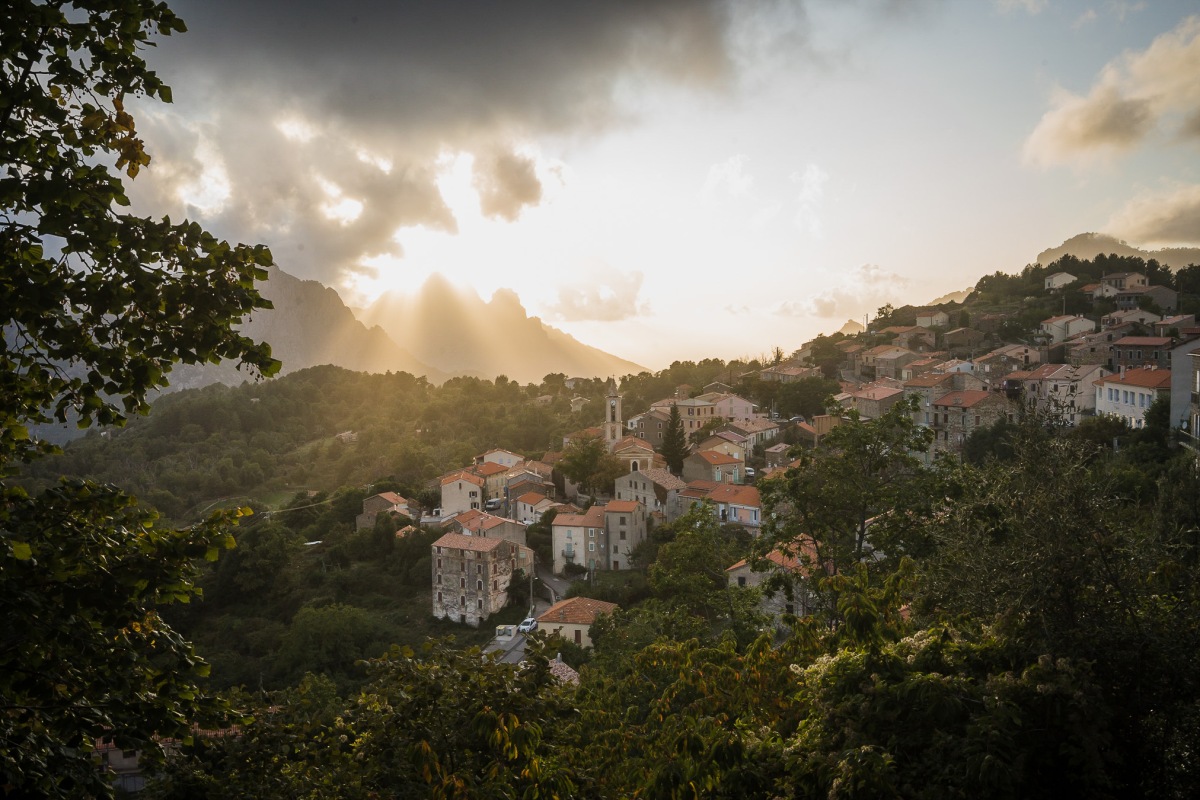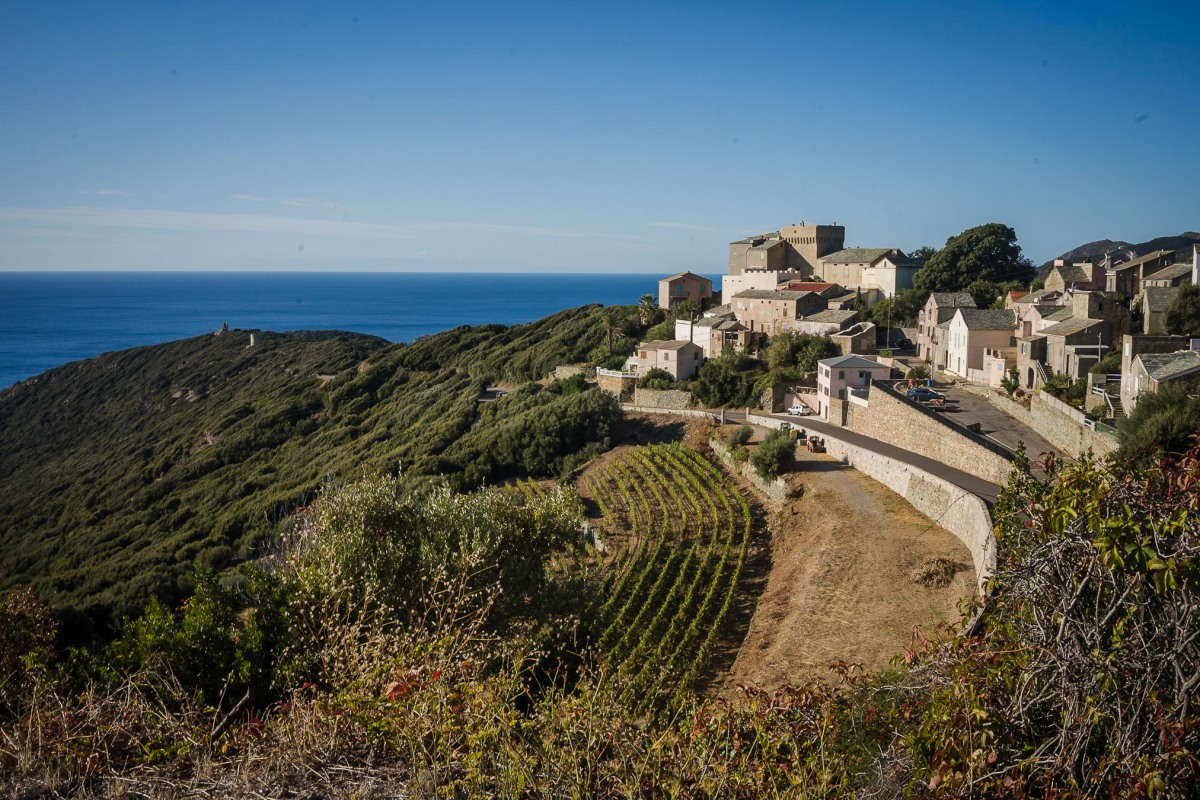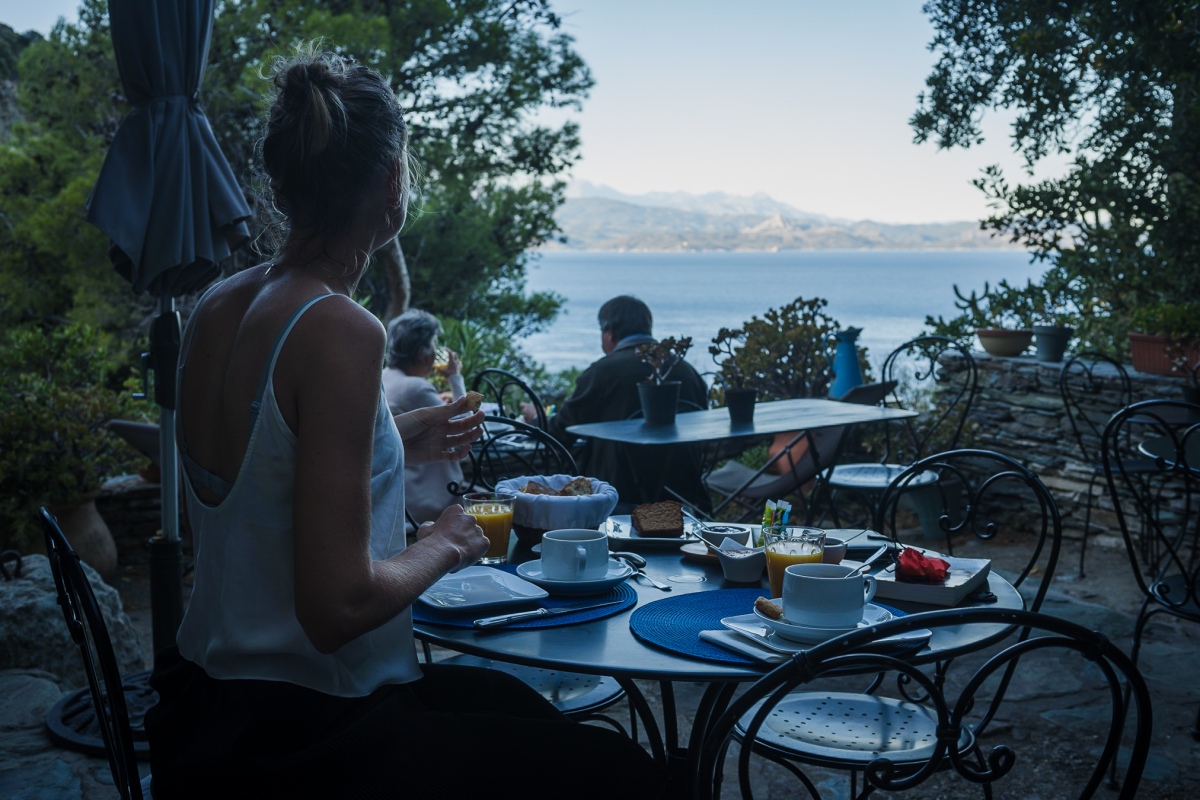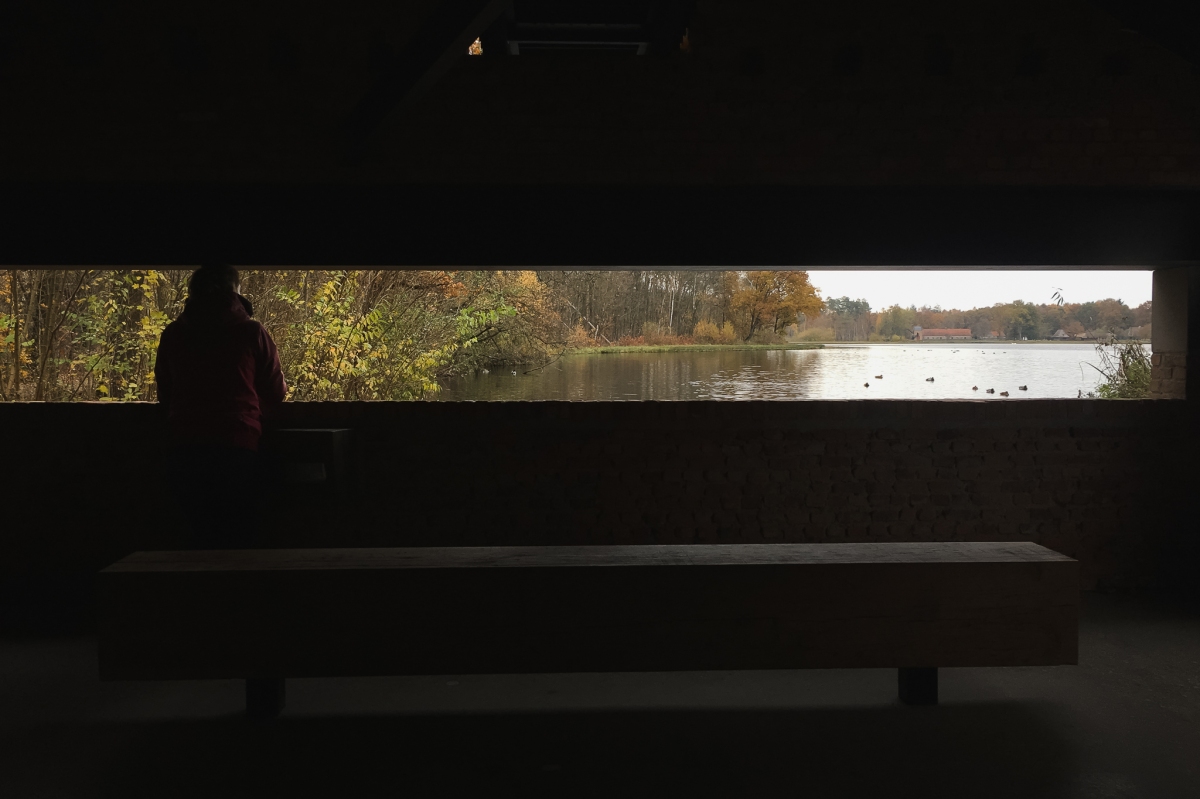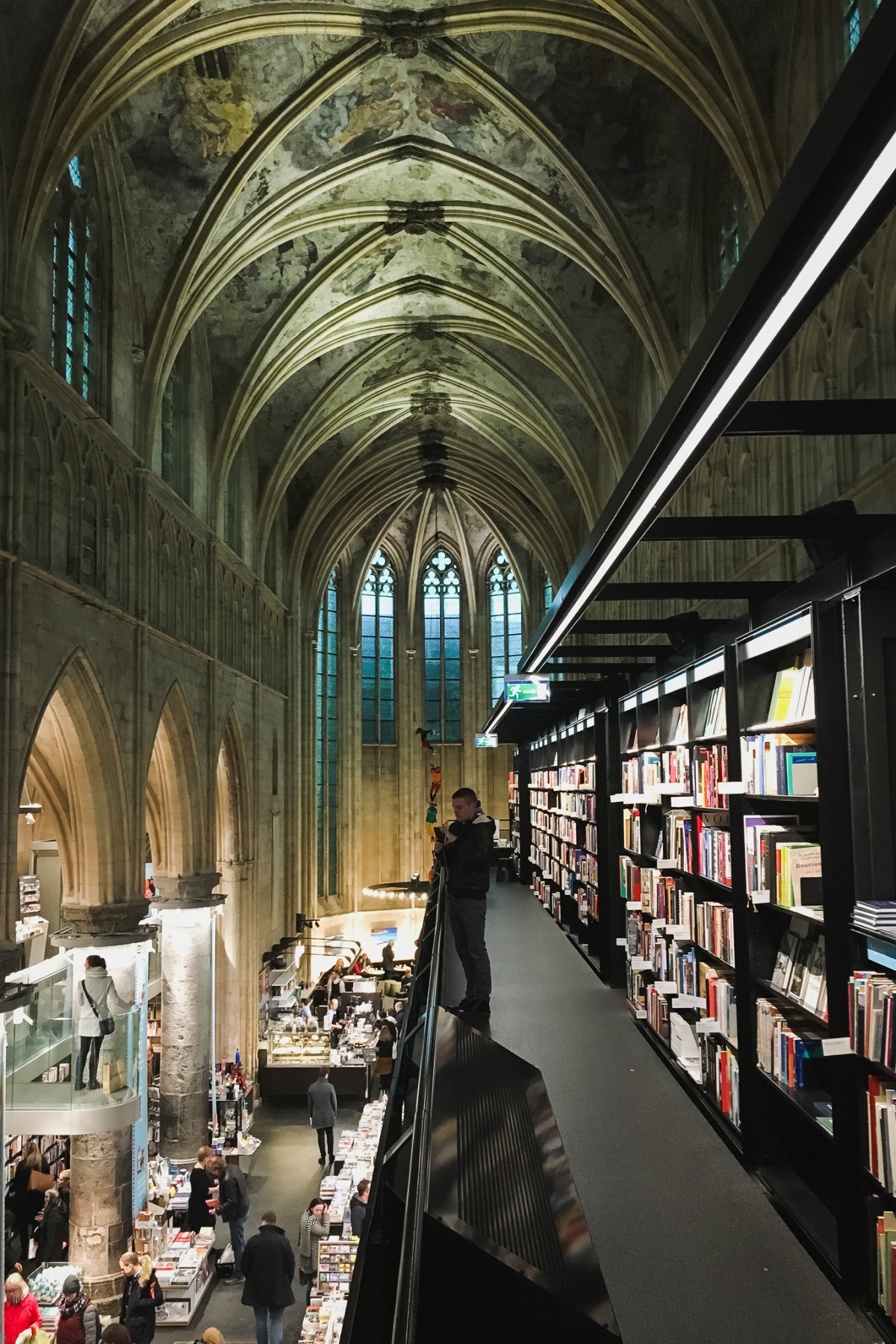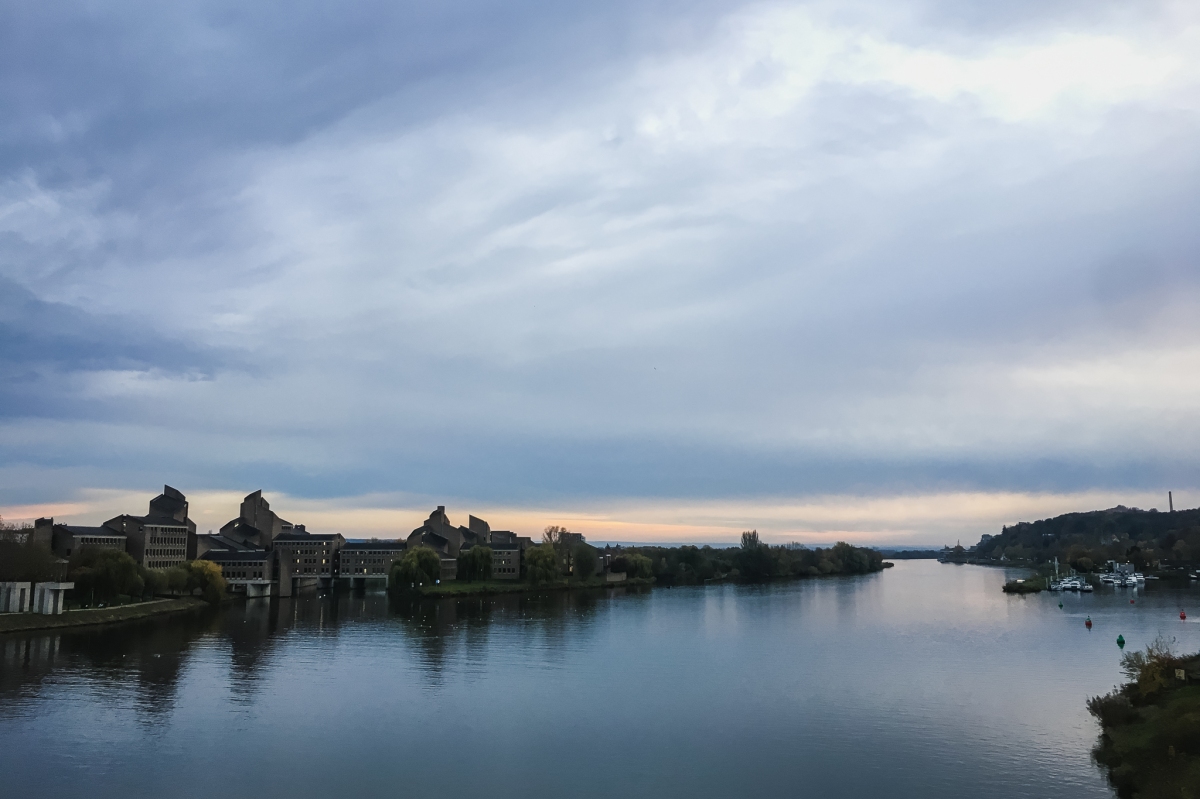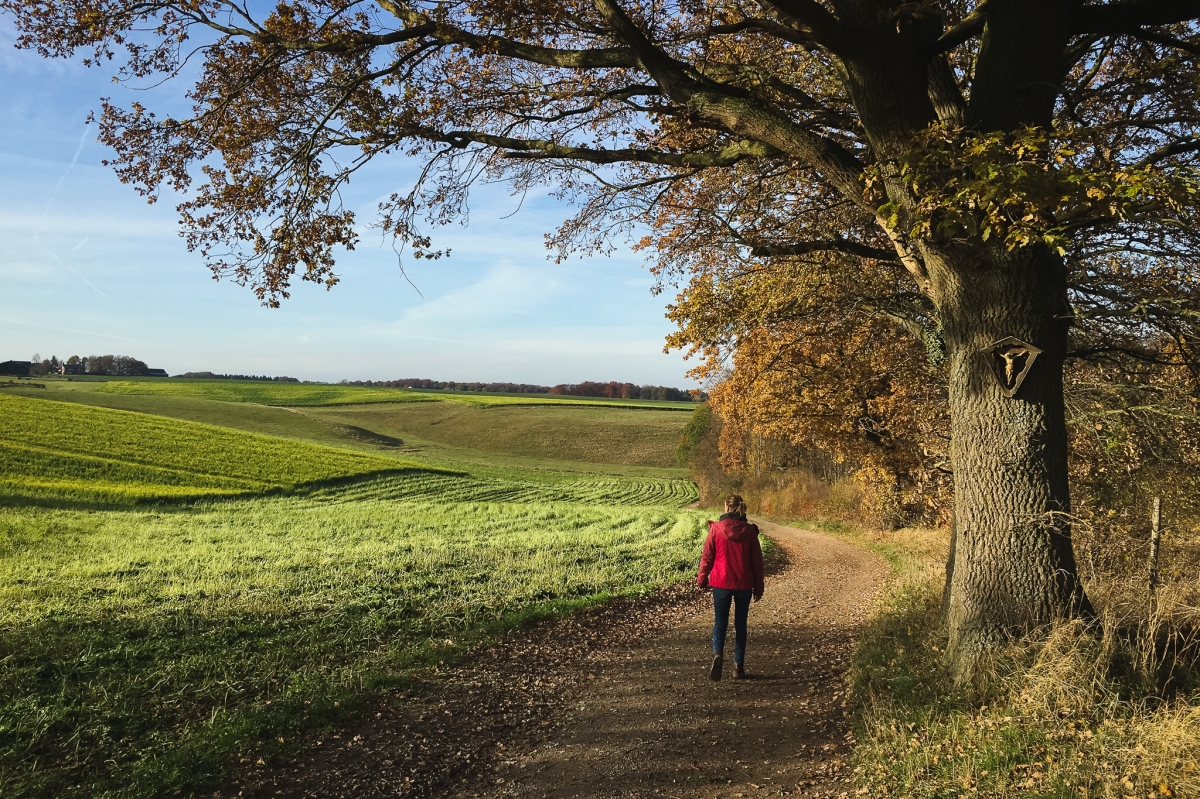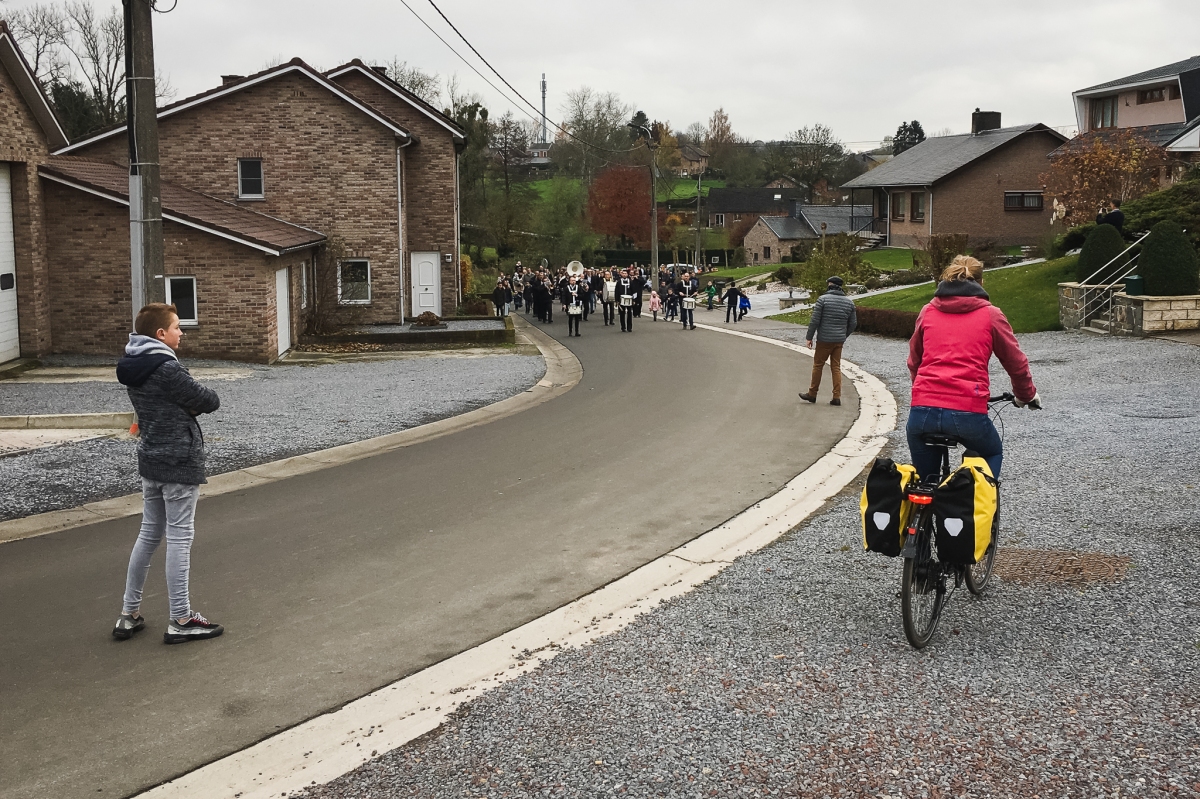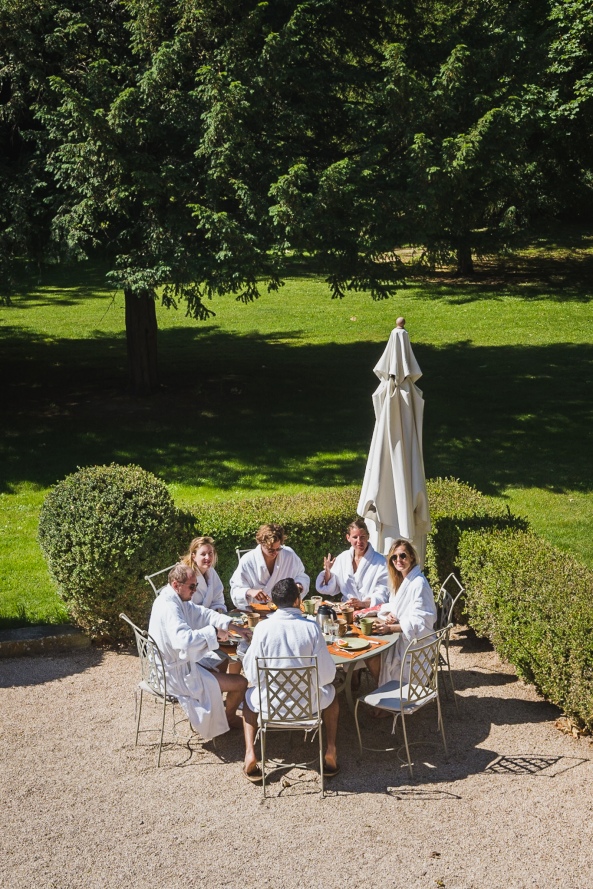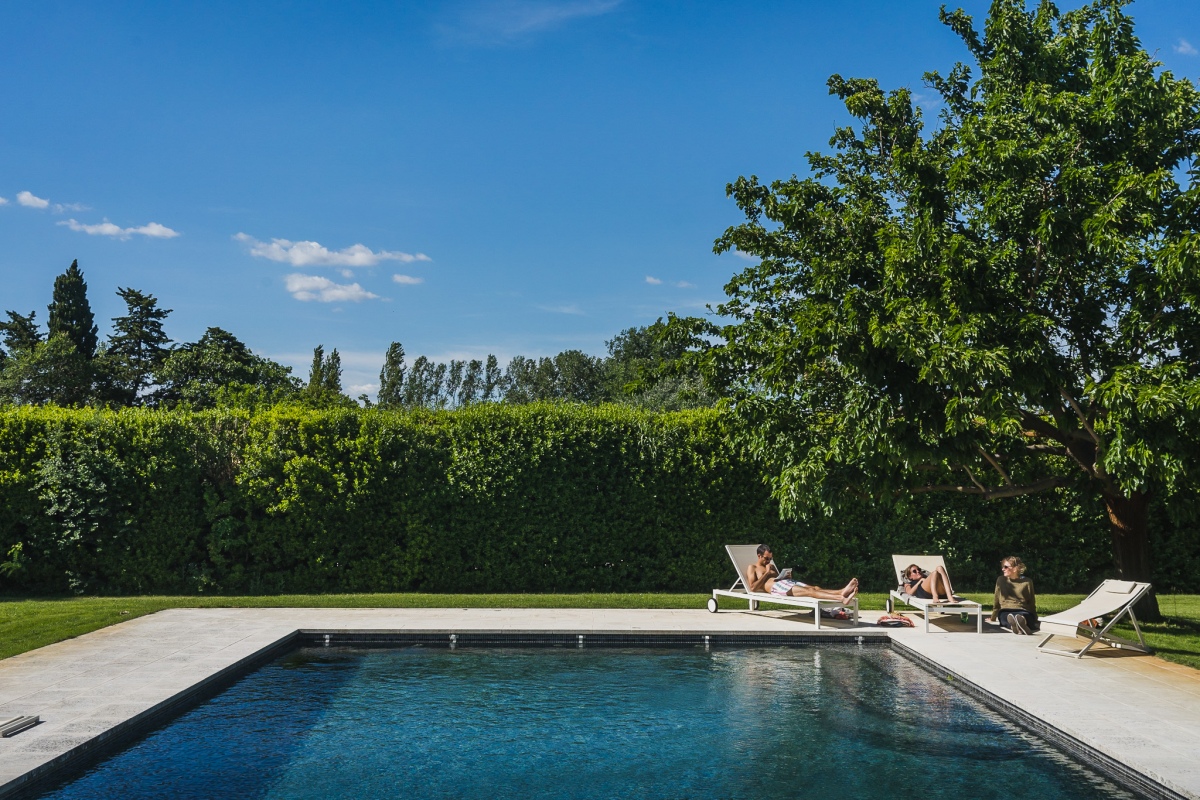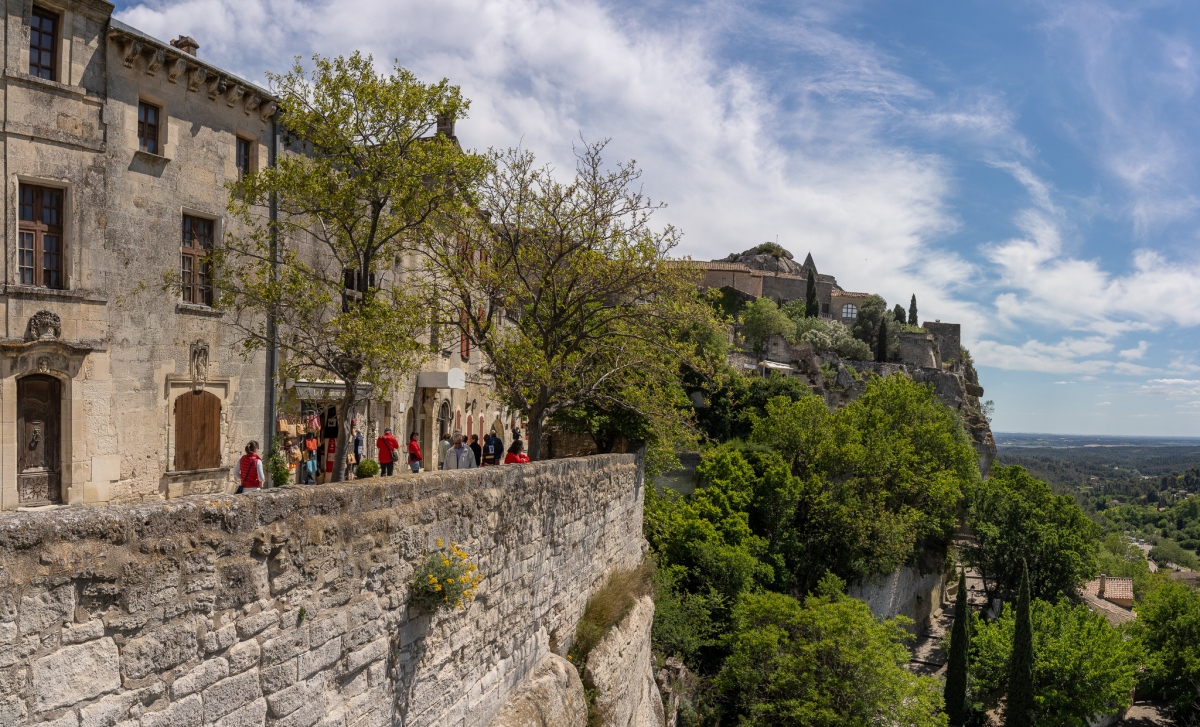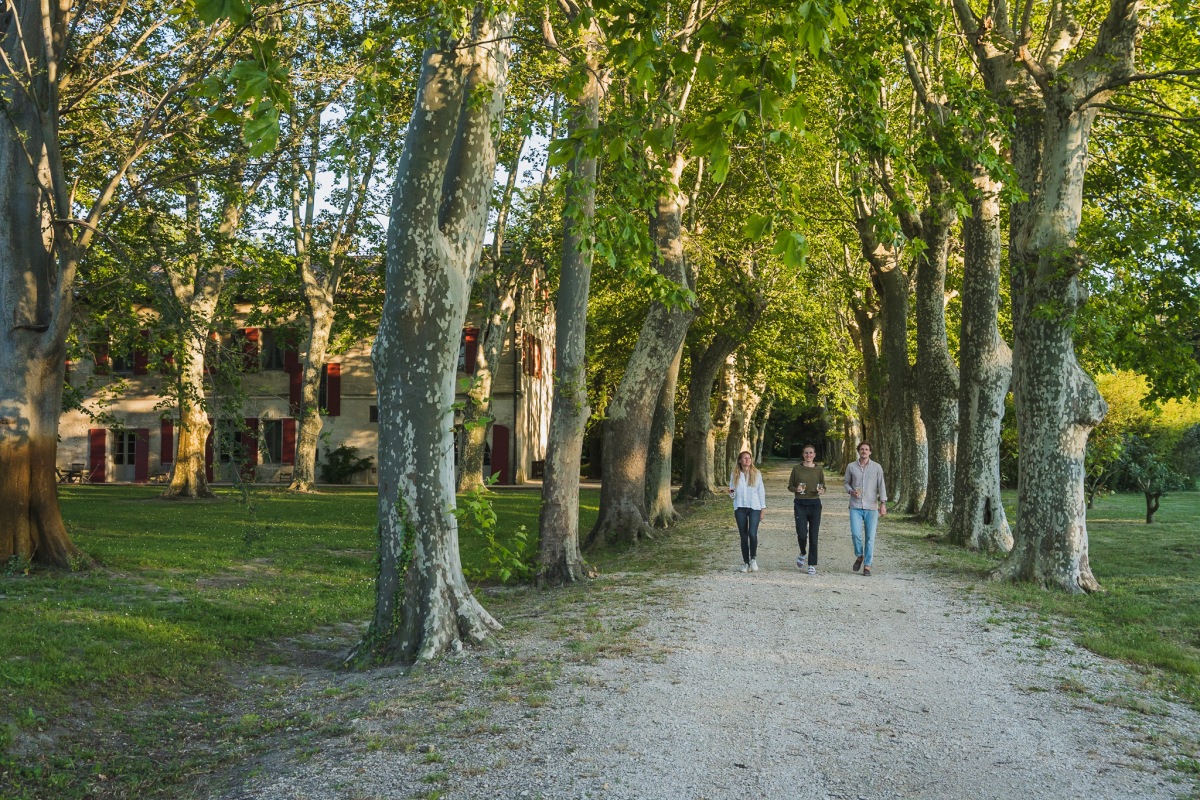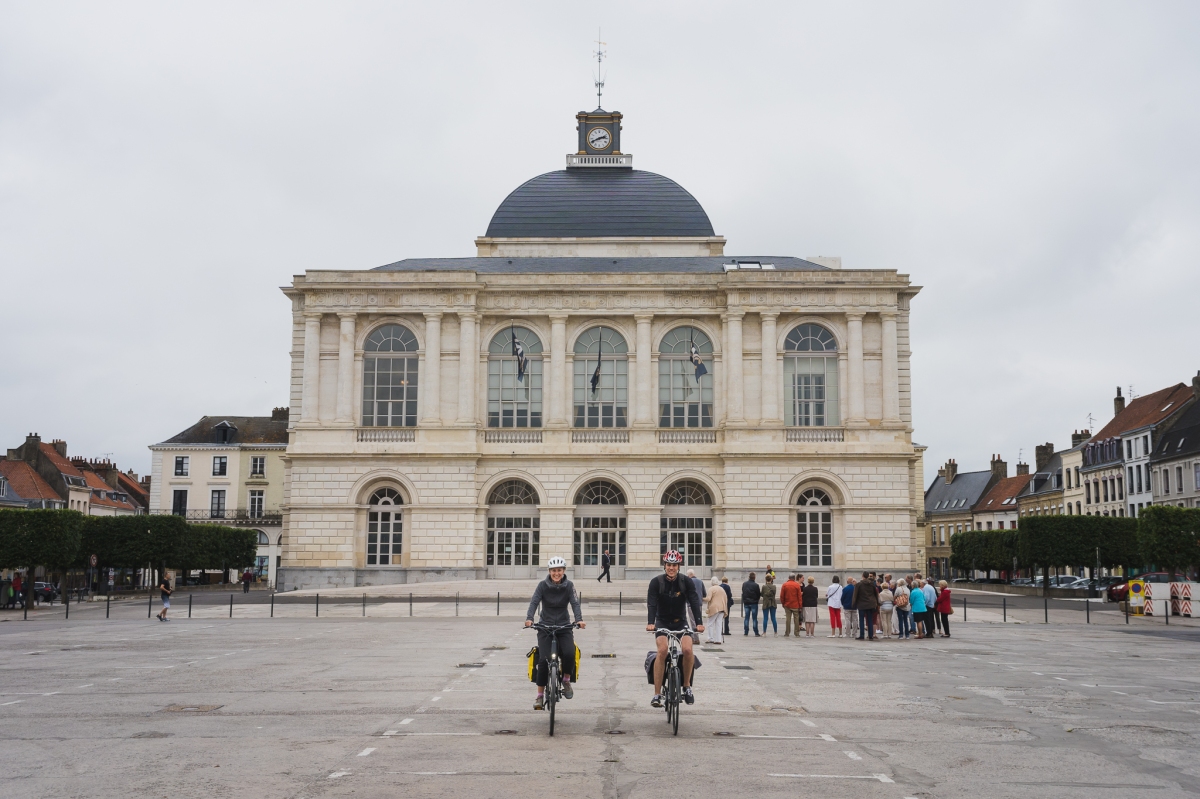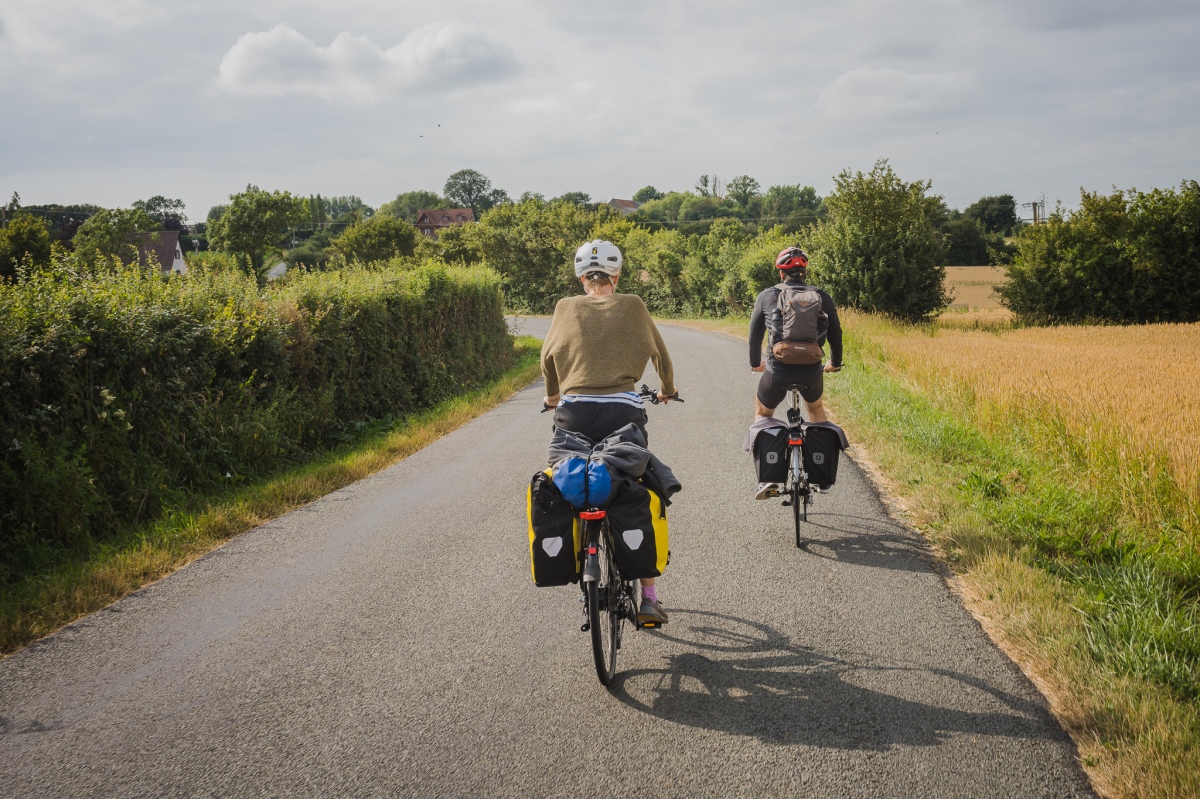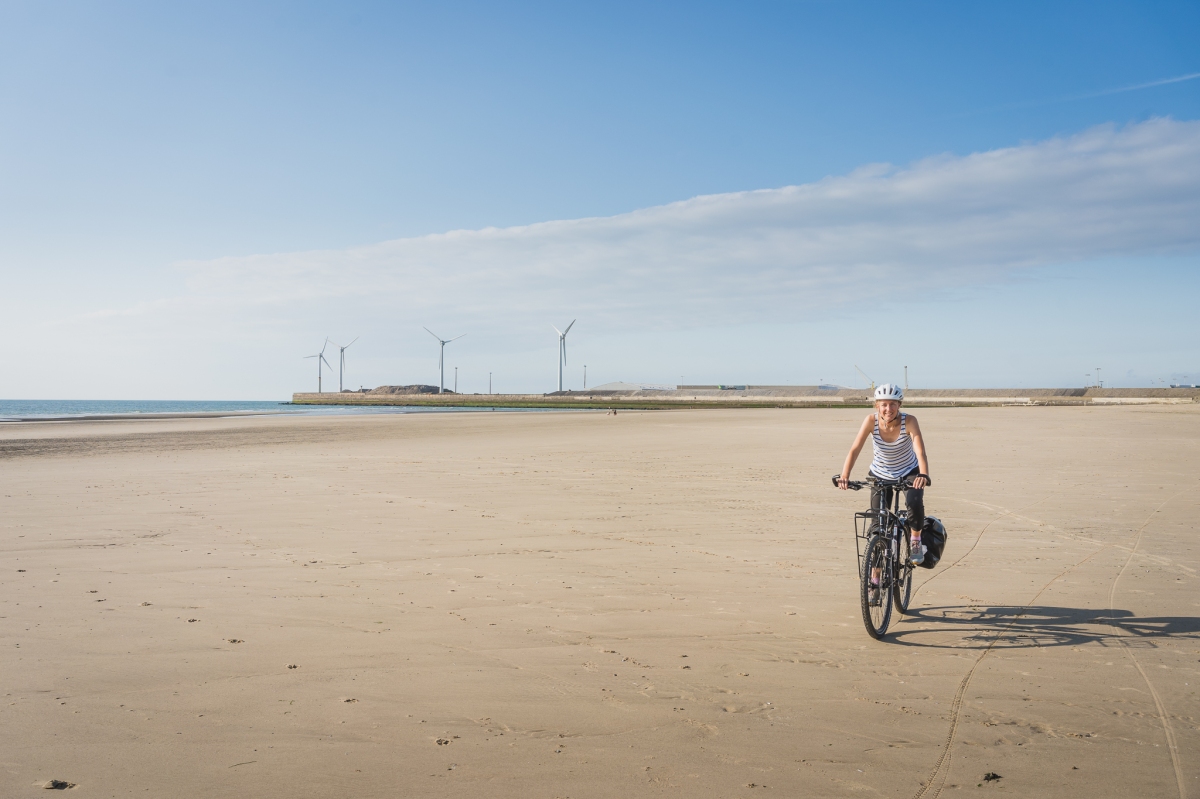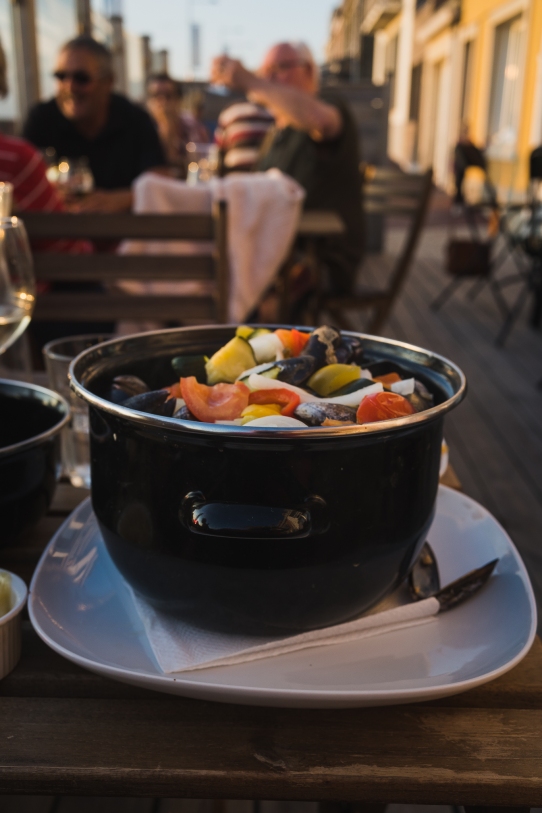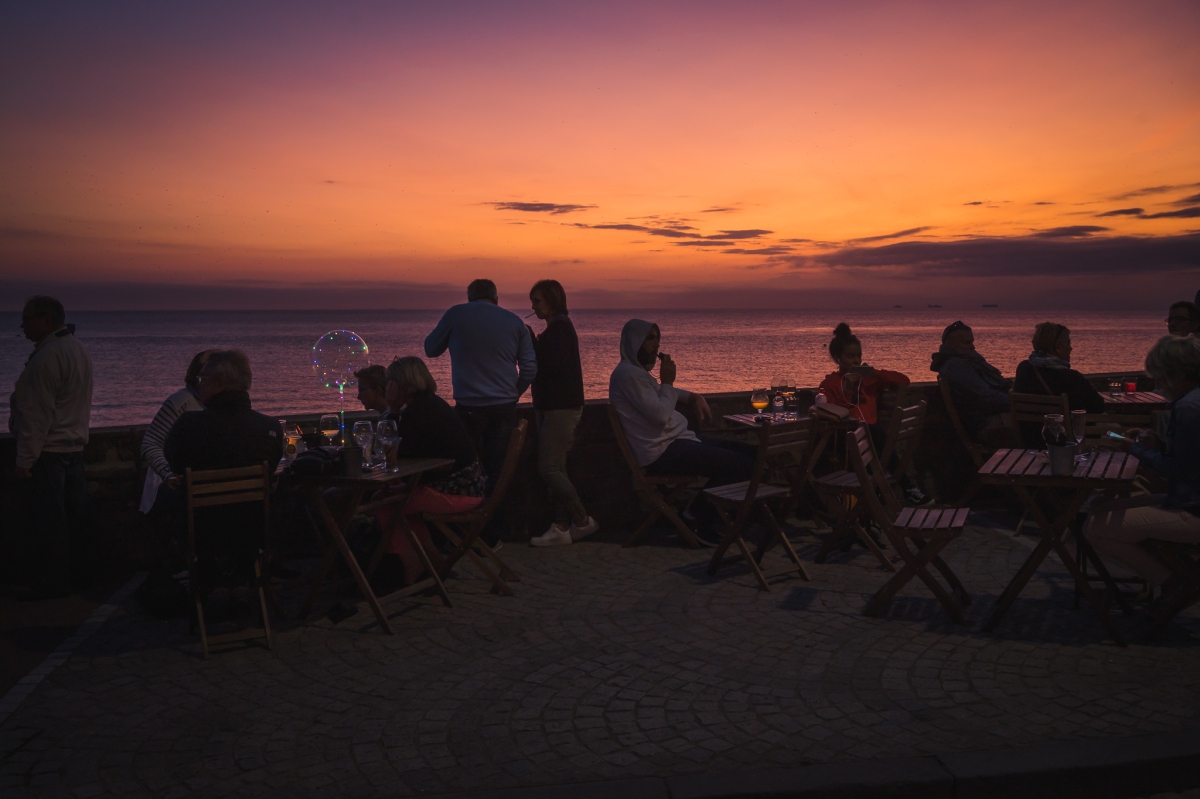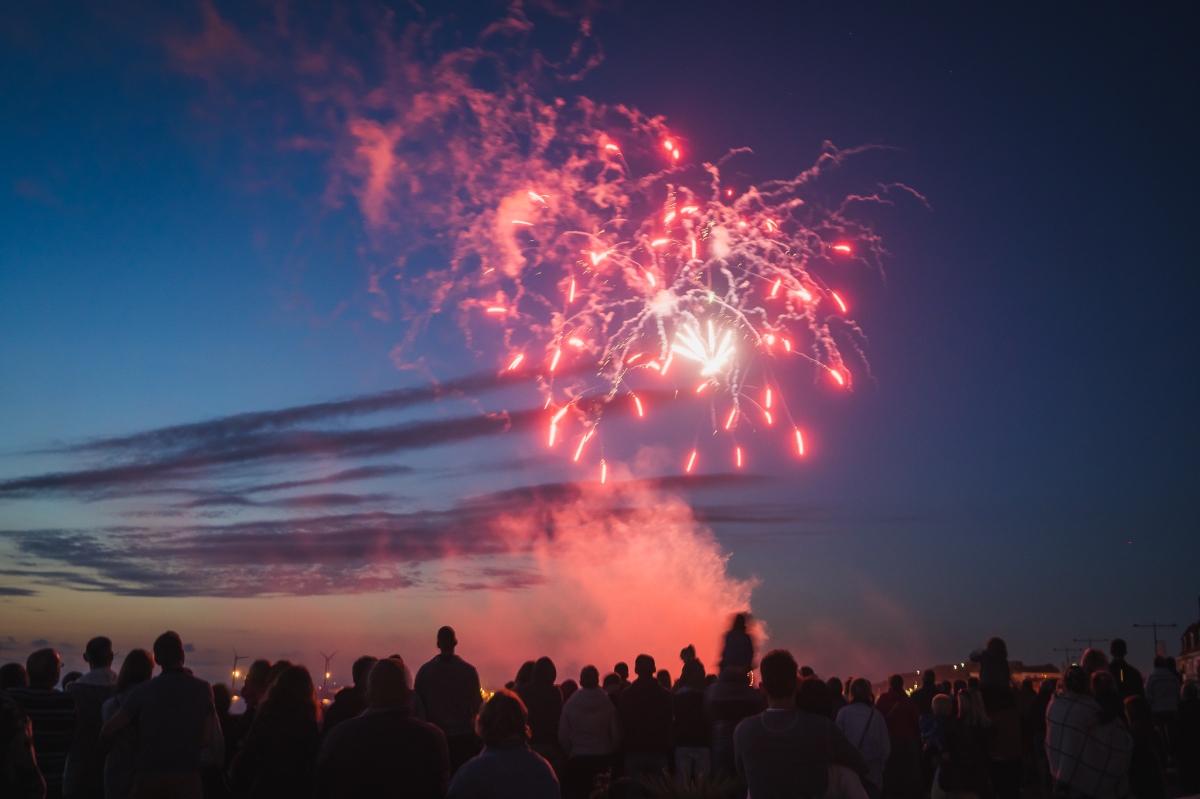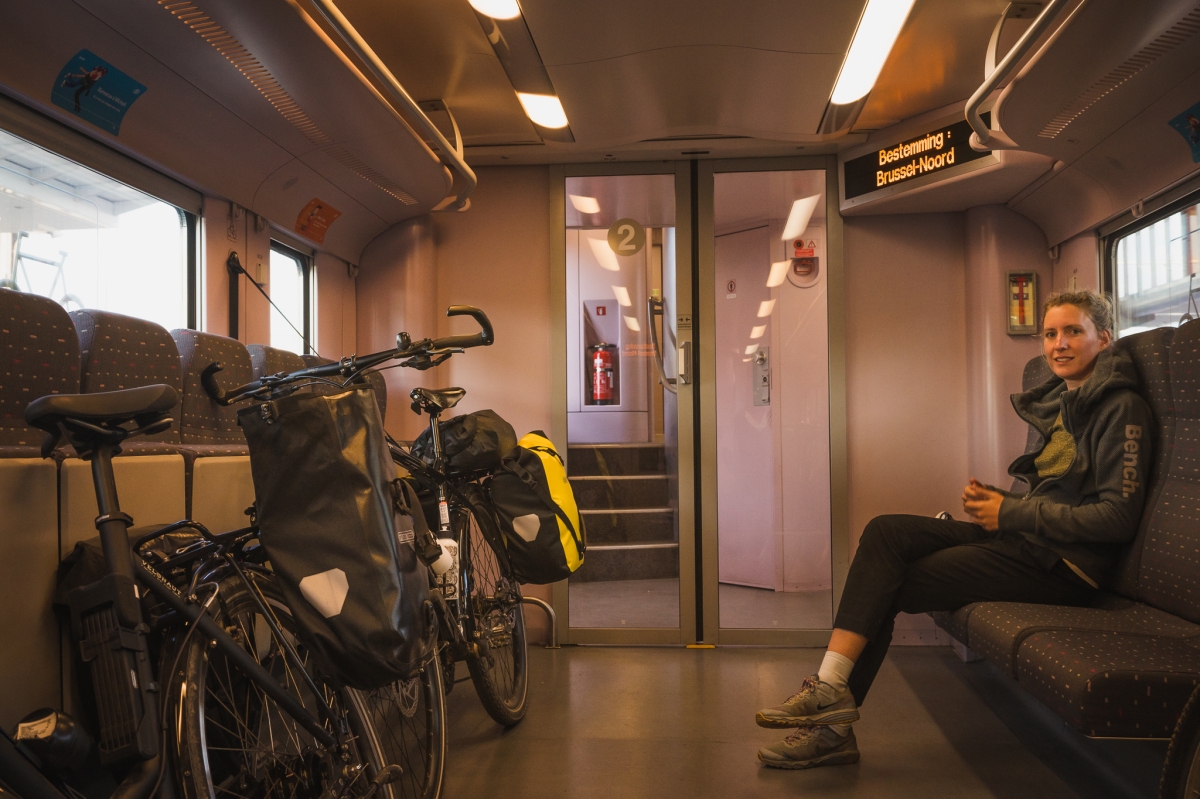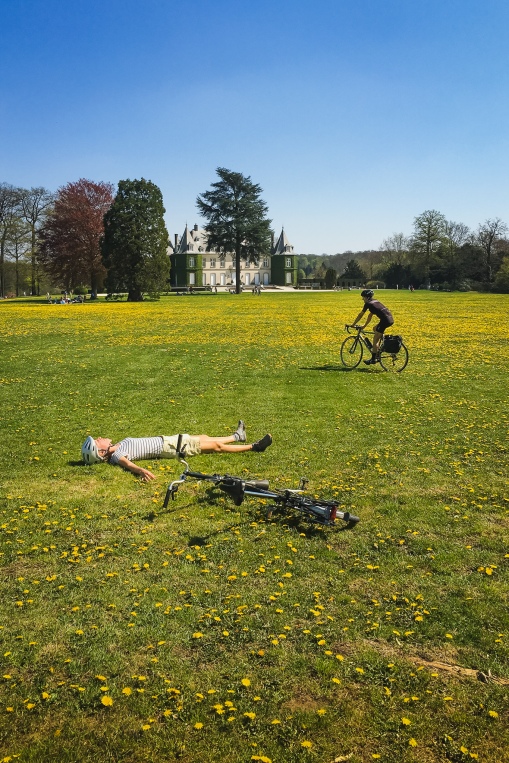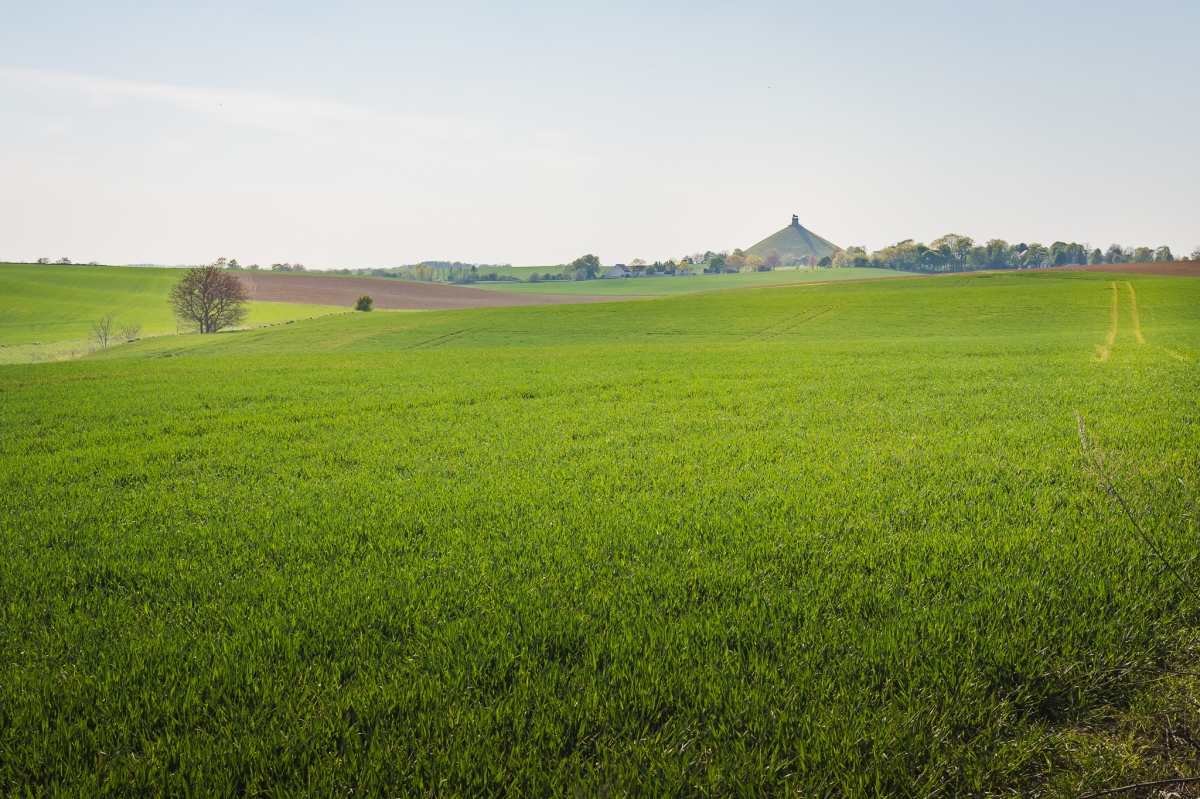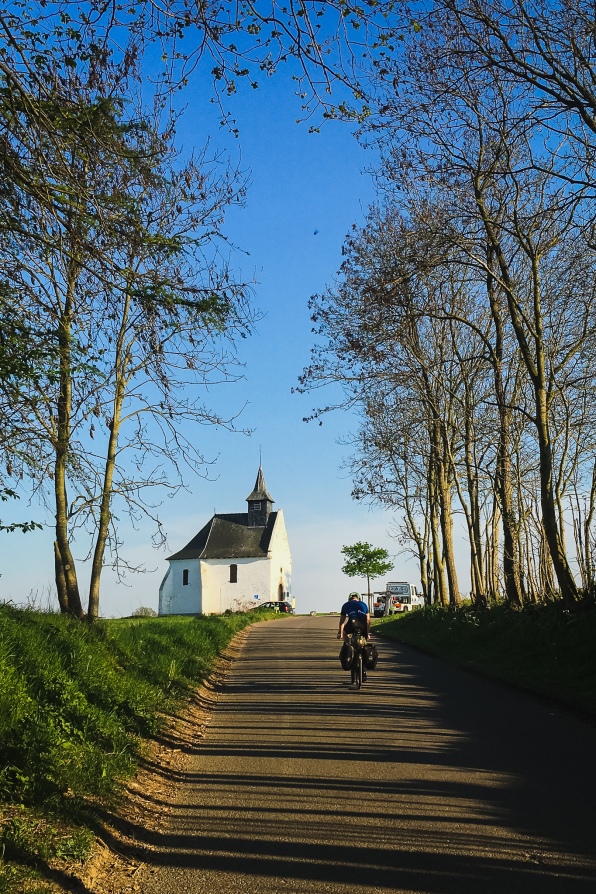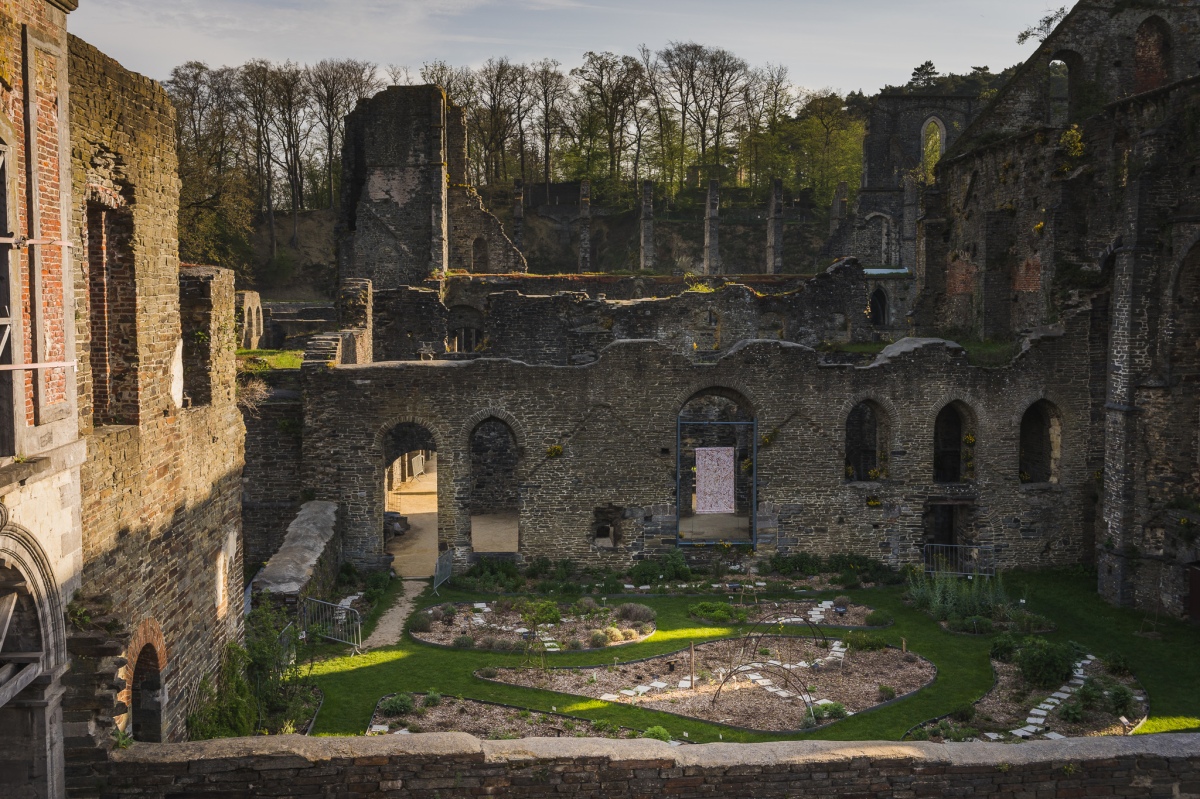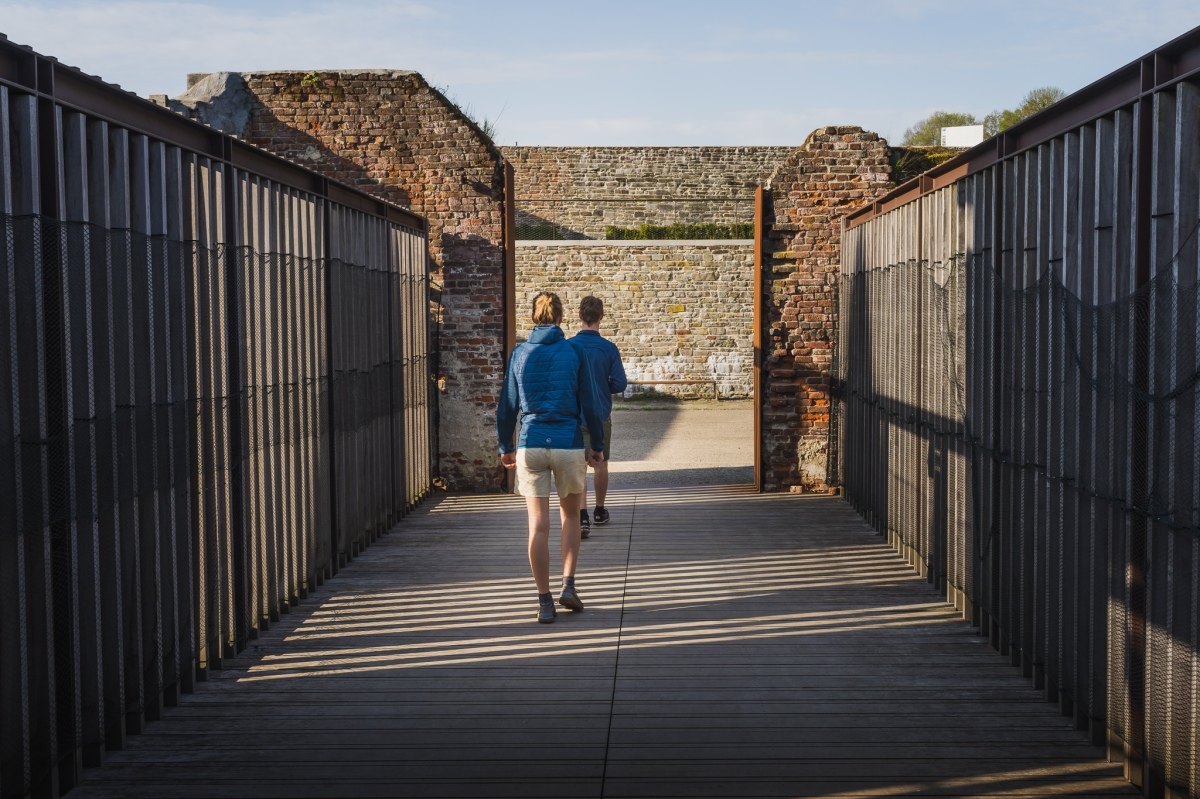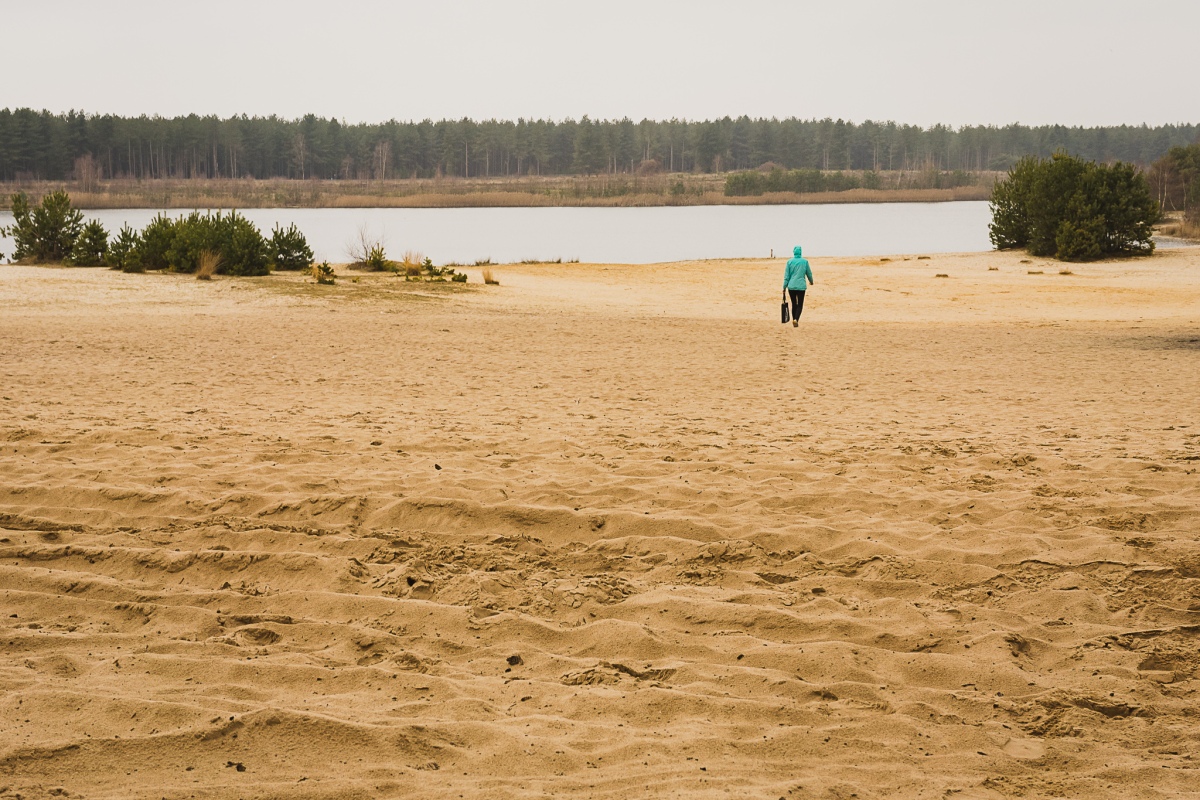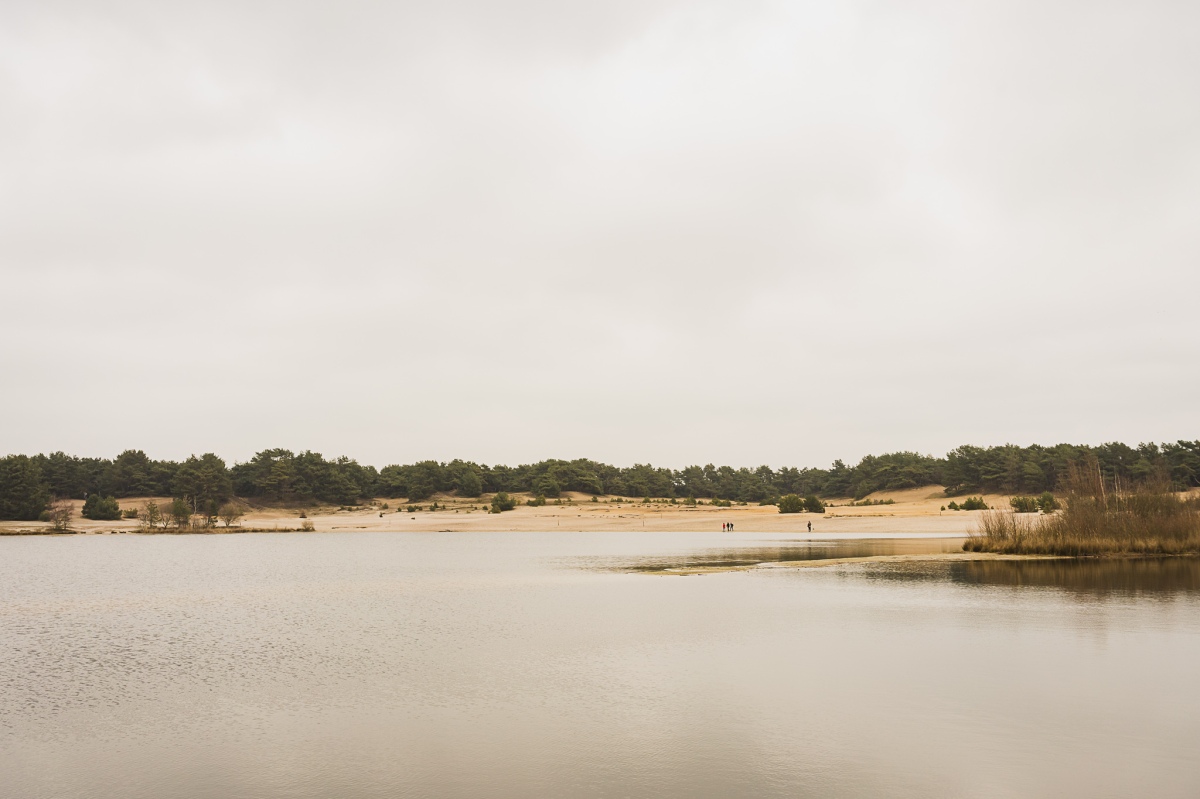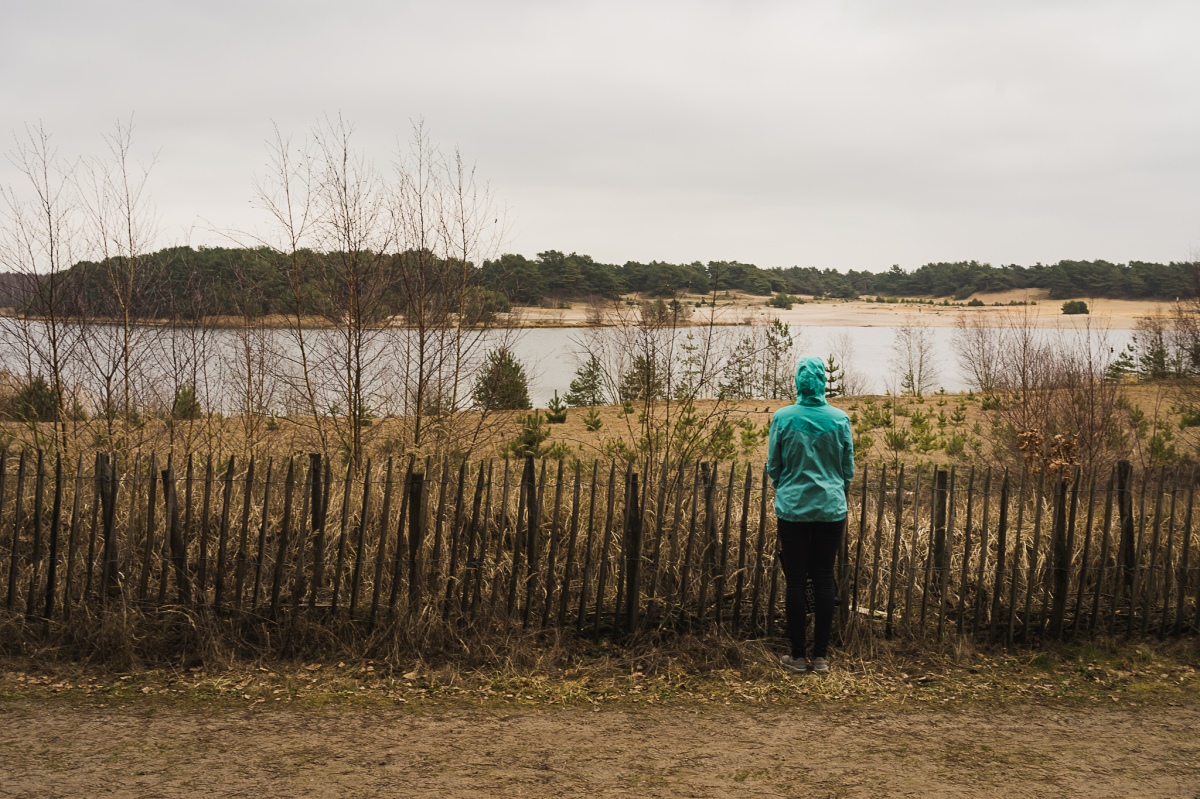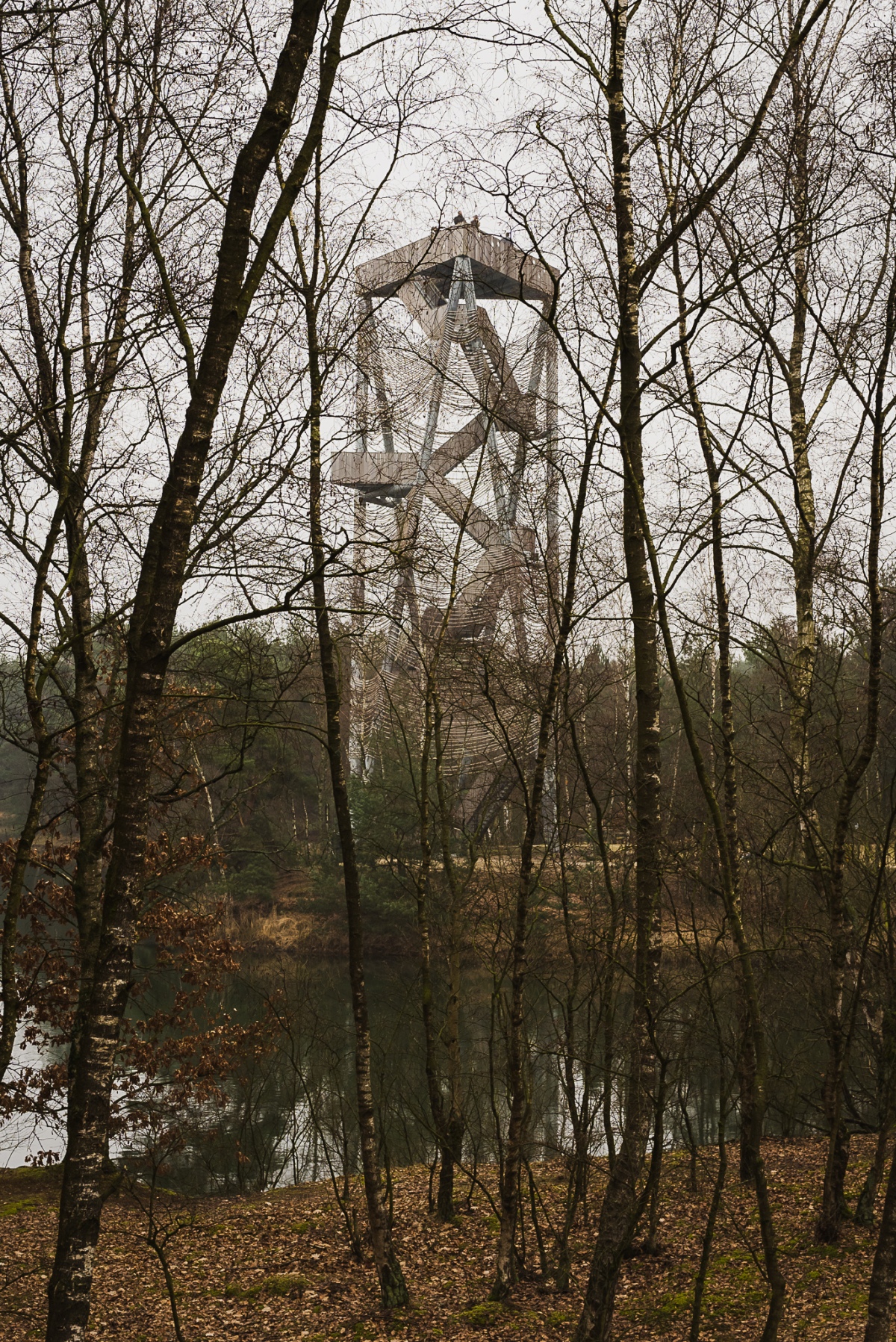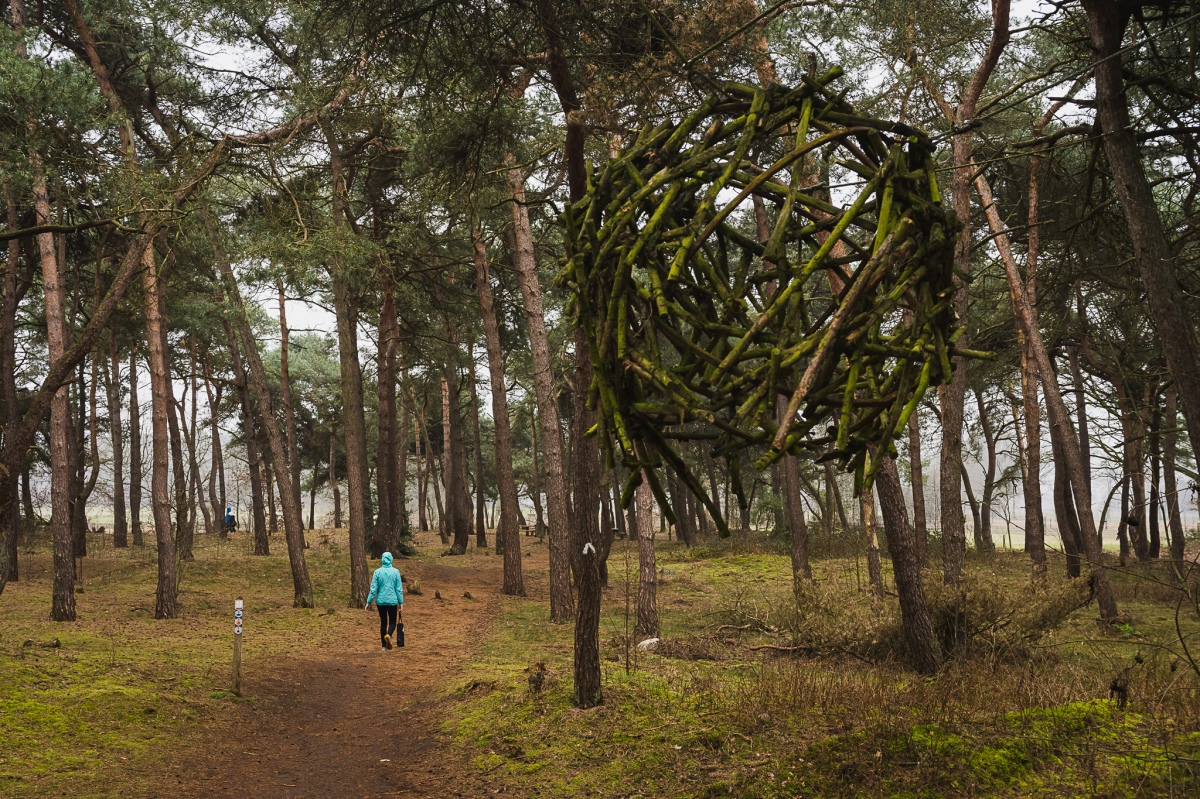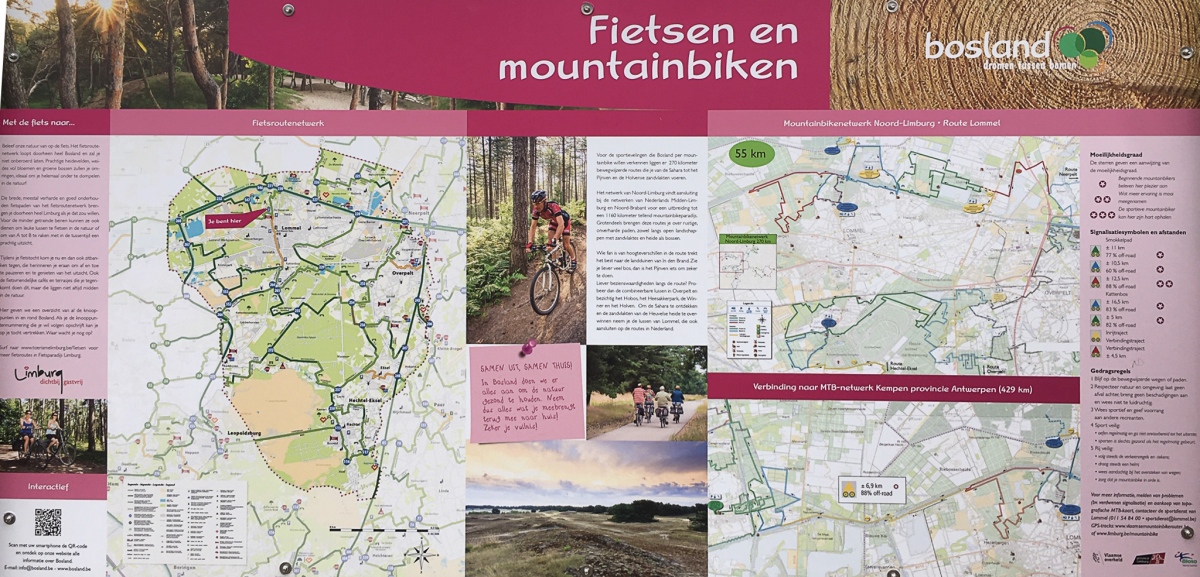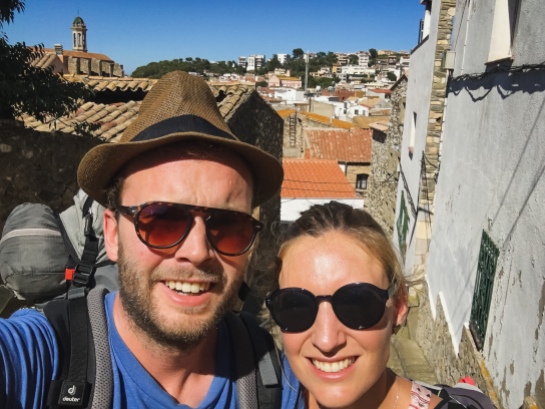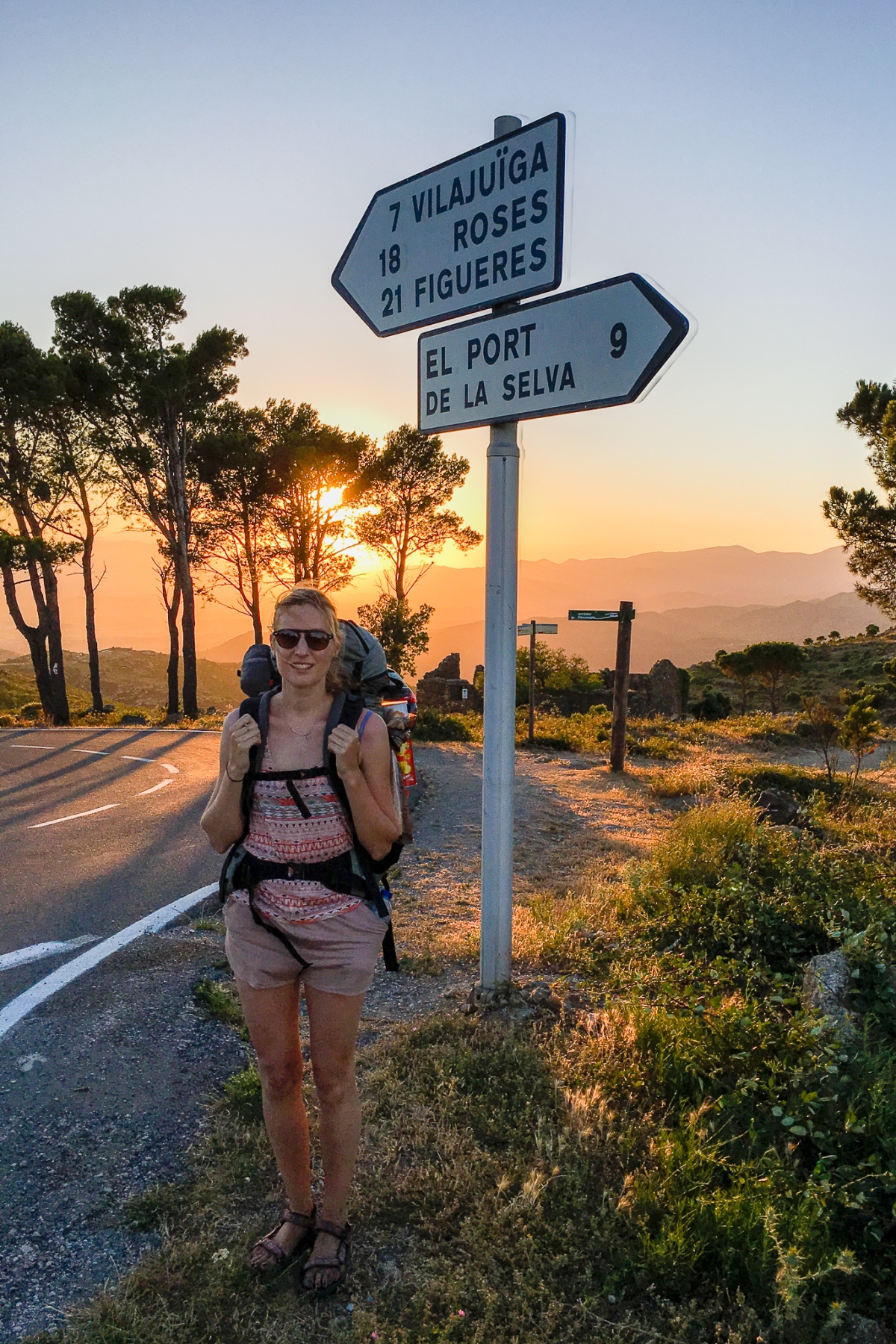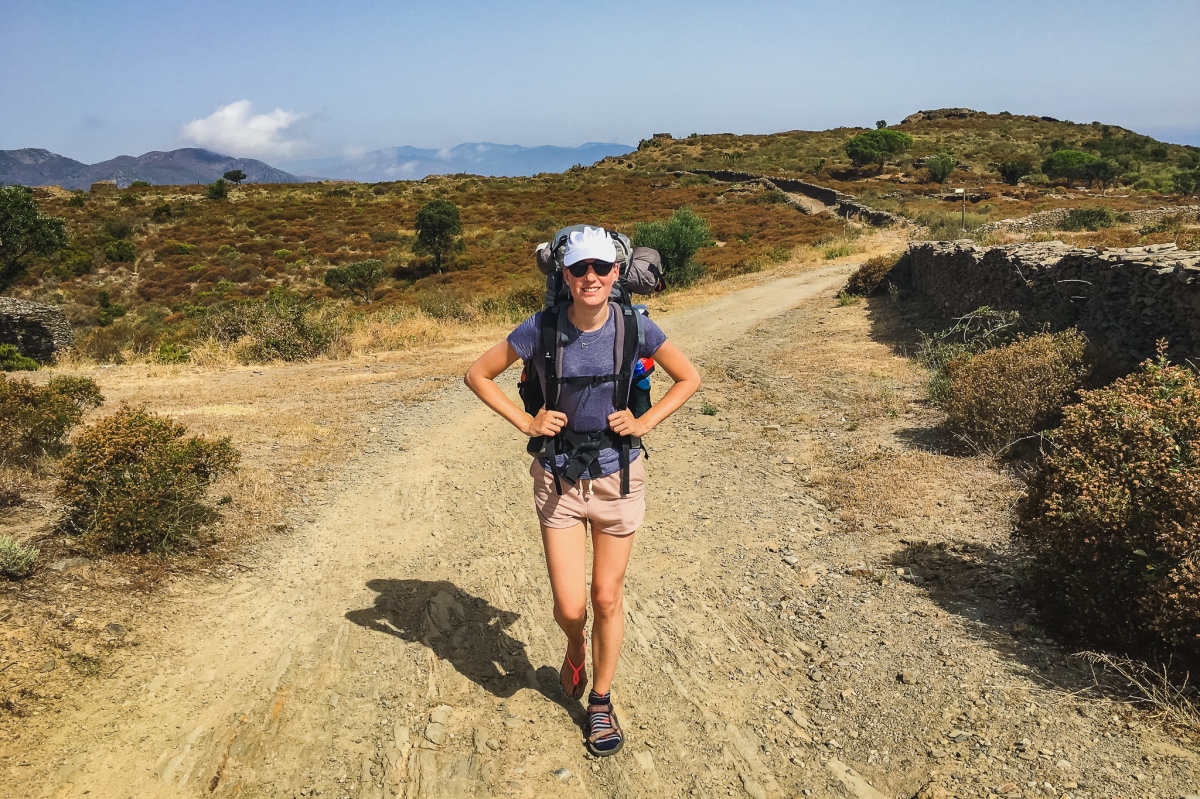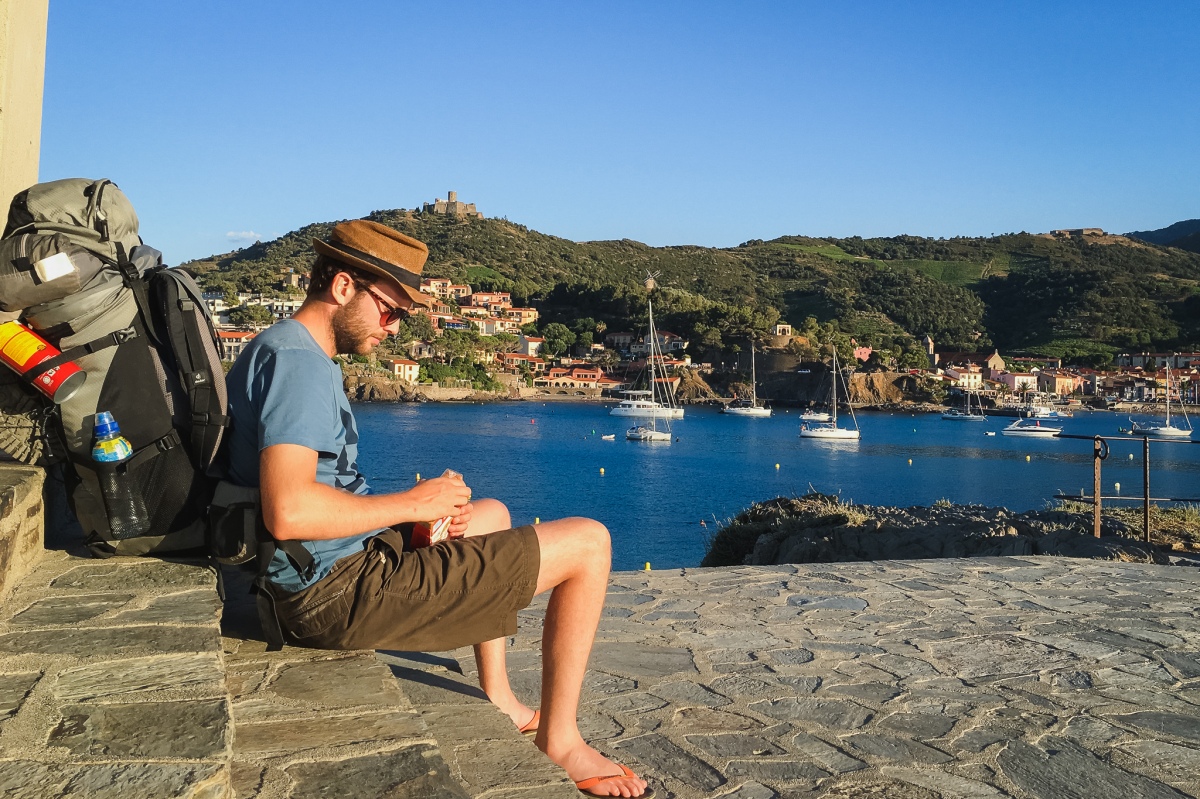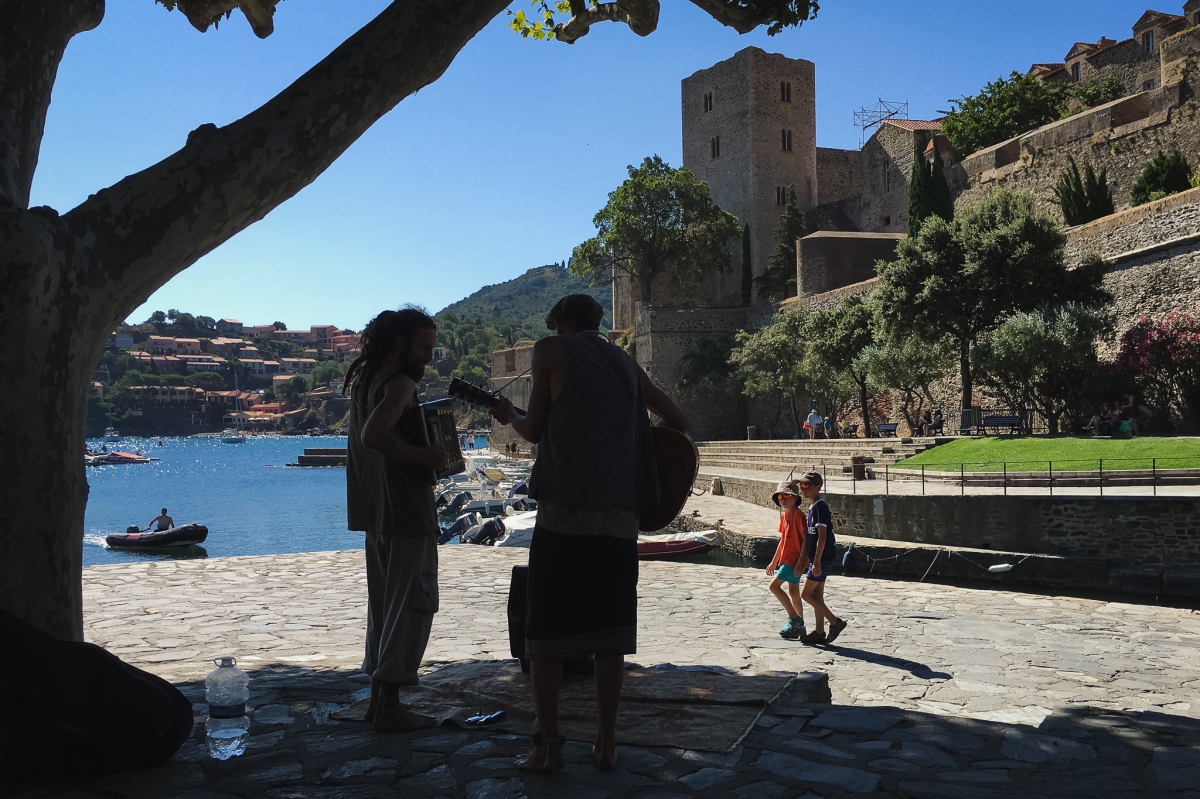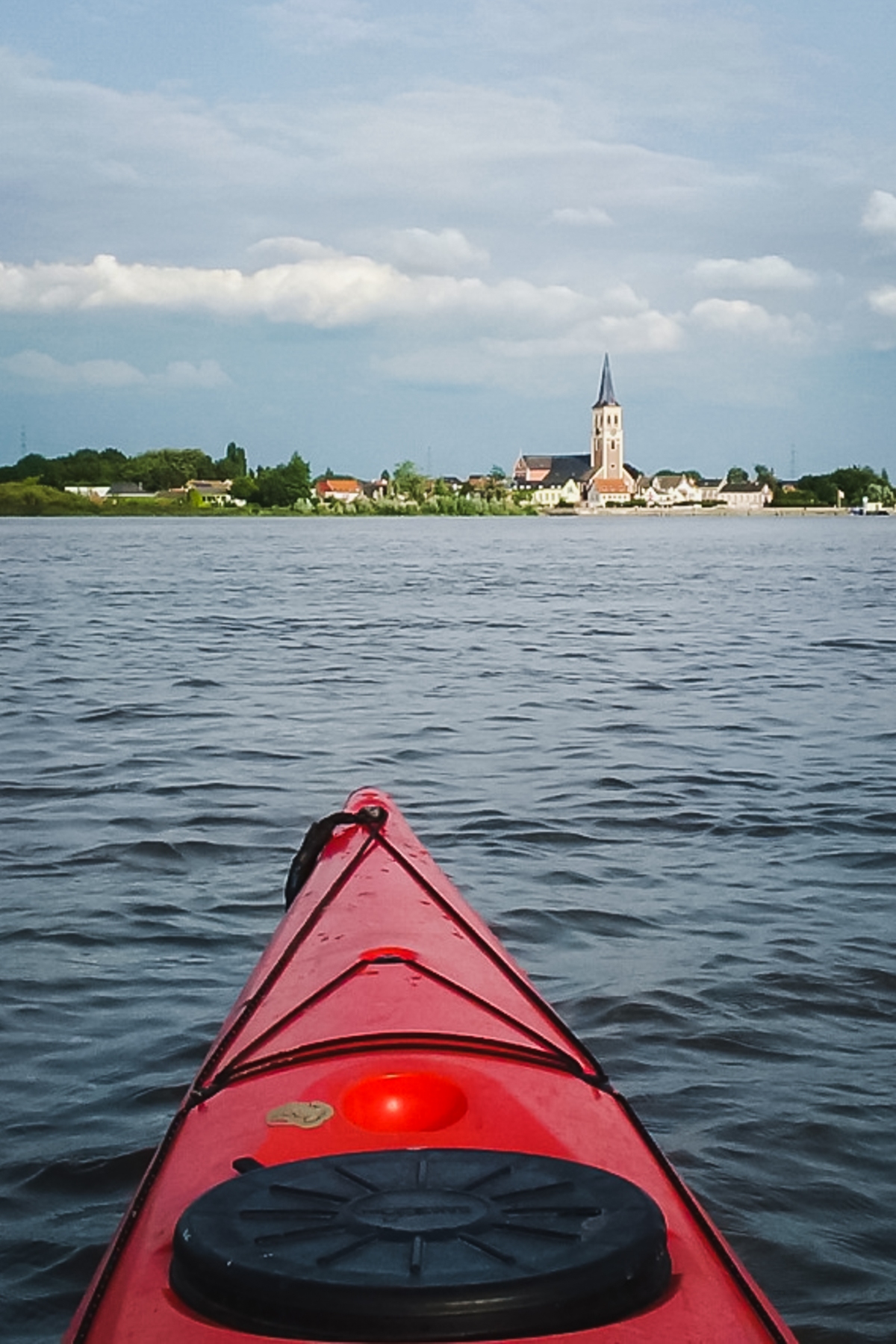Next to sharing a cycling route, I want to share a couple of logic principles that I realised while cycling around in Flanders during my last trip. Find the three key concepts at the end of the article.
For this trip I randomly searched a route to go from Brussels to the desolated village of Doel. Then I continued to the closest camping spot and from there the next day to another campsite not too far from Brussels, so I could make it to Grimbergen on time for Christmas evening.
Planning the trip, I soon saw that on day 1 I could follow a very long part of the Schelde river, and on day 2 I could follow the Dender. In between I found the network of old railroads that are now cycling routes.
Day 1: 95km. After leaving Brussels, it takes a couple of kilometers before you end up in the countryside, but as soon as you reach the banks of the Schelde in Briel it’s all nature. You cycle past Sint-Amands on a perfect trail that continues for kilometers.

Depending on the time you have, you can take a straight route to Doel from Temse, or continue until Kruibeke. Before arriving in the desolated city of Doel, you cycle through the Port of Antwerp, along railroads, cranes and industry. In rainy weather it has something moody but beautiful.

From far away you see the nuclear power plant of Doel as a landmark on the horizon.

A couple of kilometers further you enter into the main street of Doel. There you find almost all houses locked up and spooky. This is where a controversial story starts of the extension plans of the Port of Antwerp.
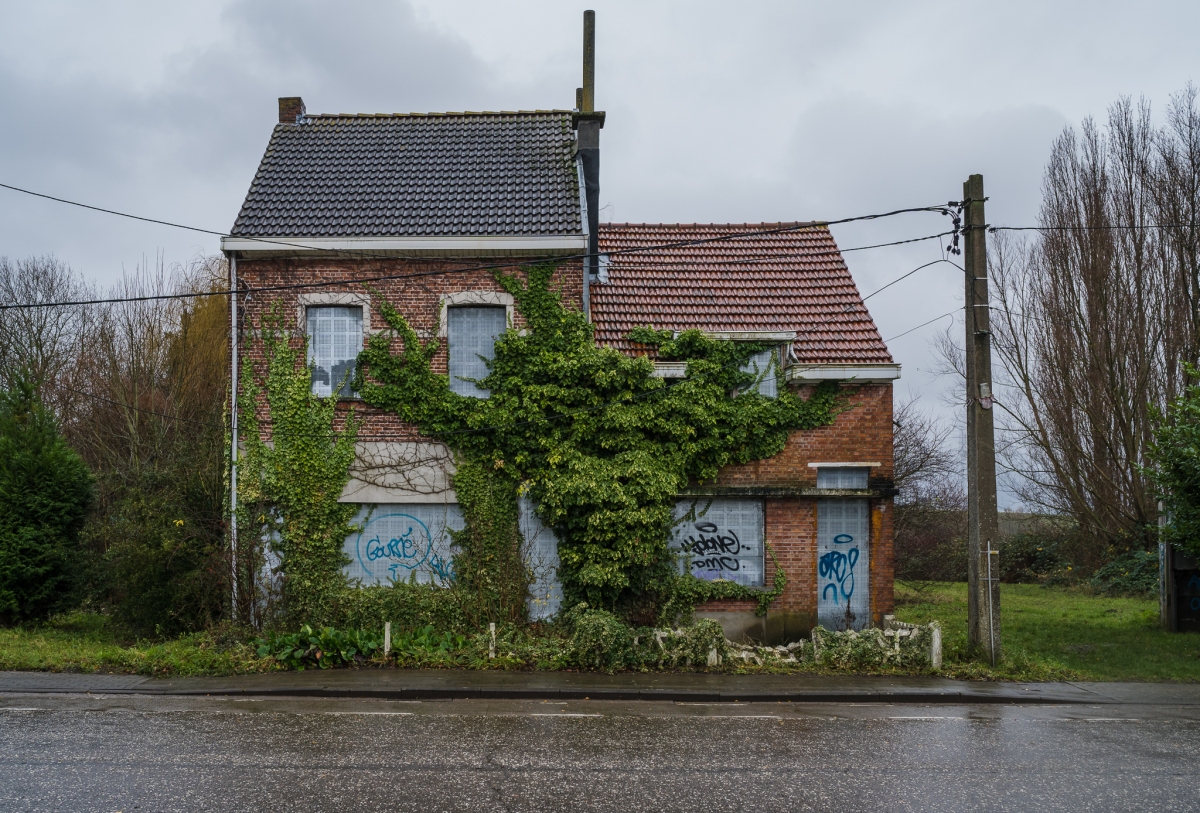
If you do not know the story, just search for ‘Doel’ in Wikipedia. A long story short (sorry): the whole village had to disappear to construct a new dock for large ships, property has been bought and villagers left. The construction permit was not granted and plans were not executed. Very few people stayed, but some new people live there now, with very low rental prices. Nevertheless, the place is very desolated and looks like a ghost town.

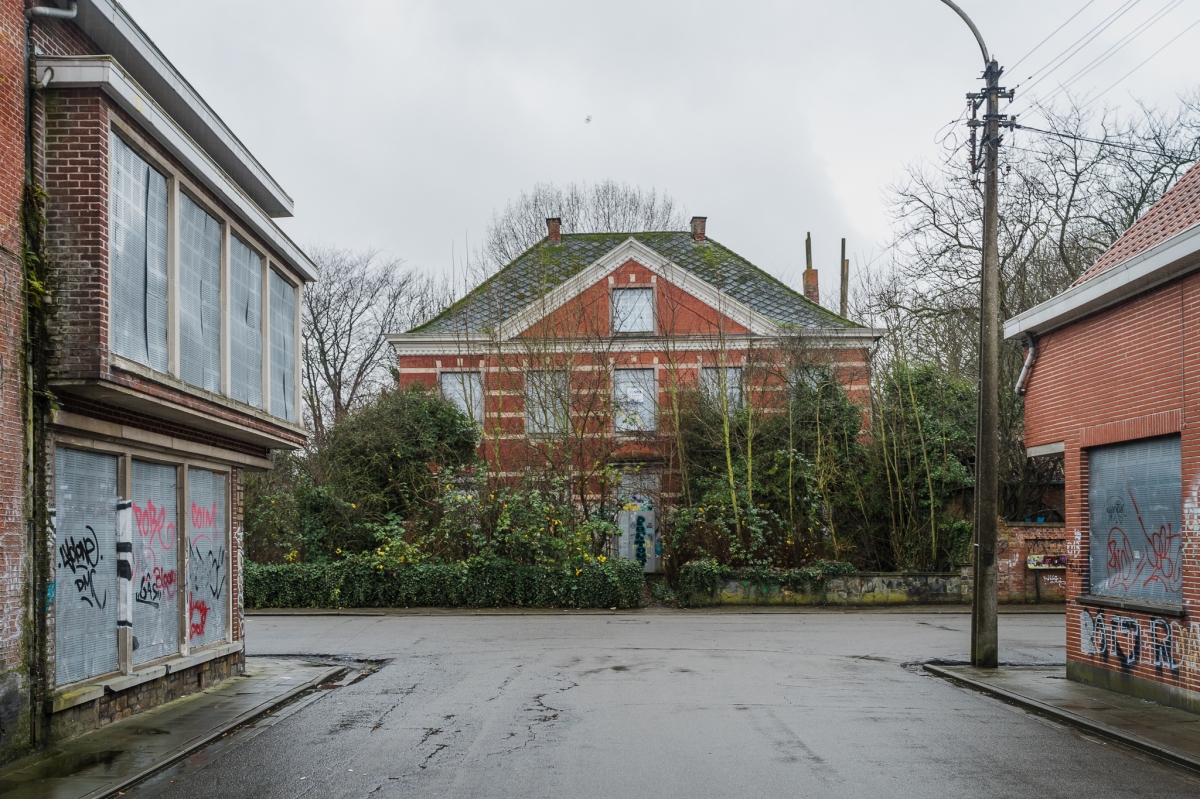
After visiting the village, I cycled to the camping spot of “Bivakzone Stropersbos”. Just before entering into the woods, I warmed myself with a good diner in De Boshoeve. It had been raining all day, my feet were soaked and in the tent it wouldn’t get any warmer. 
The campsite is located in the middle of the forest with rivers and lots of water surrounding it. It had been raining for days in a row, so I was lucky to find 2 square meters that were not muddy to pitch my tent. With a good winter sleeping bag I managed to stay warm during the rainy night.
Day 2: 60km. On the second day I followed the old railroad to Sint-Niklaas. From Dendermonde to Okegem, I took the route following the Dender river. This route is at least as beautiful as the one next to the Schelde.
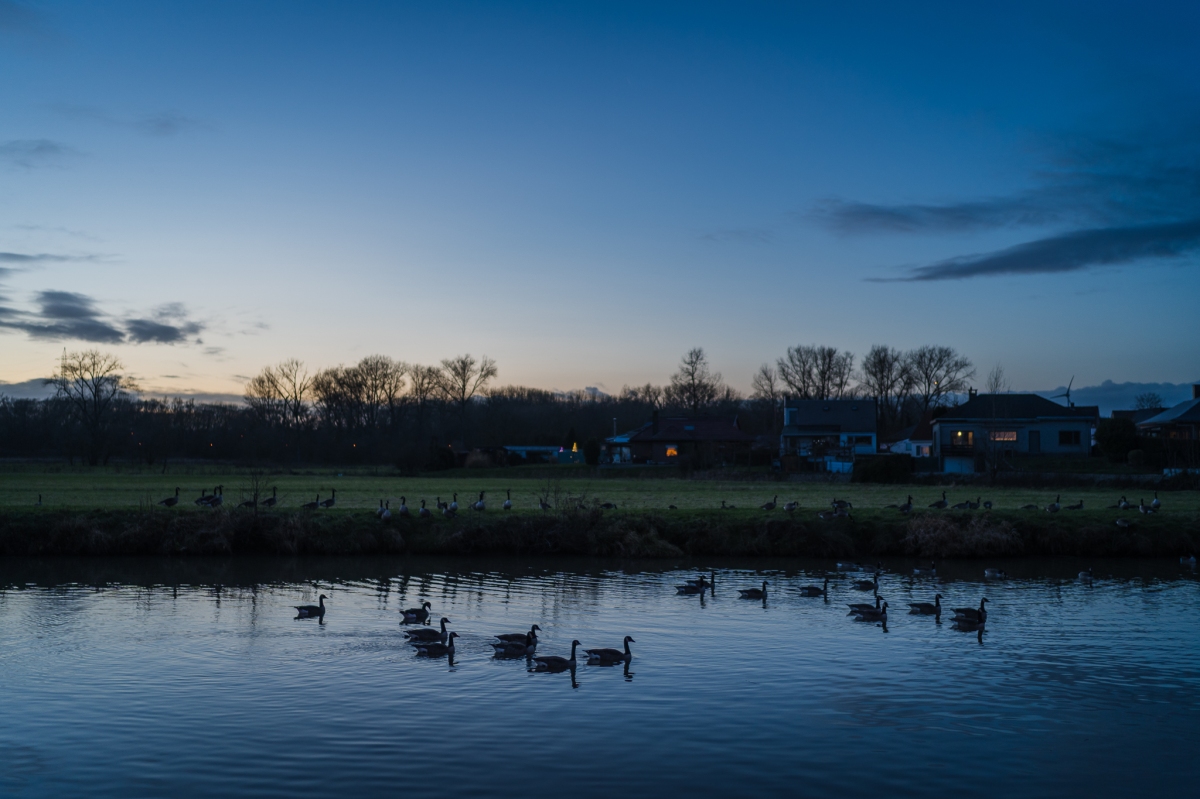
I camped at the campsite of Neighembos with views over the Dender valley. It’s located in the back of a private garden, but with an SMS reservation you can stay there for free.

The open air toilet certainly has its charm, but on rainy days you don’t stay there very long.

Day 3: 40km. It sounds like a very short route, but with ripped plastic bags in my shoes and wet feet for three days in a row, I was happy I wasn’t at the other side of Belgium. Again a good lesson learned: proper gear does help. Either rain covers for the shoes, or rainproof shoes.

Cycling around in the neighbourhood is fun: villages with the names of “Woestijn” (= desert) and “Drie-Egypten” made me frown, but the place is beautiful.
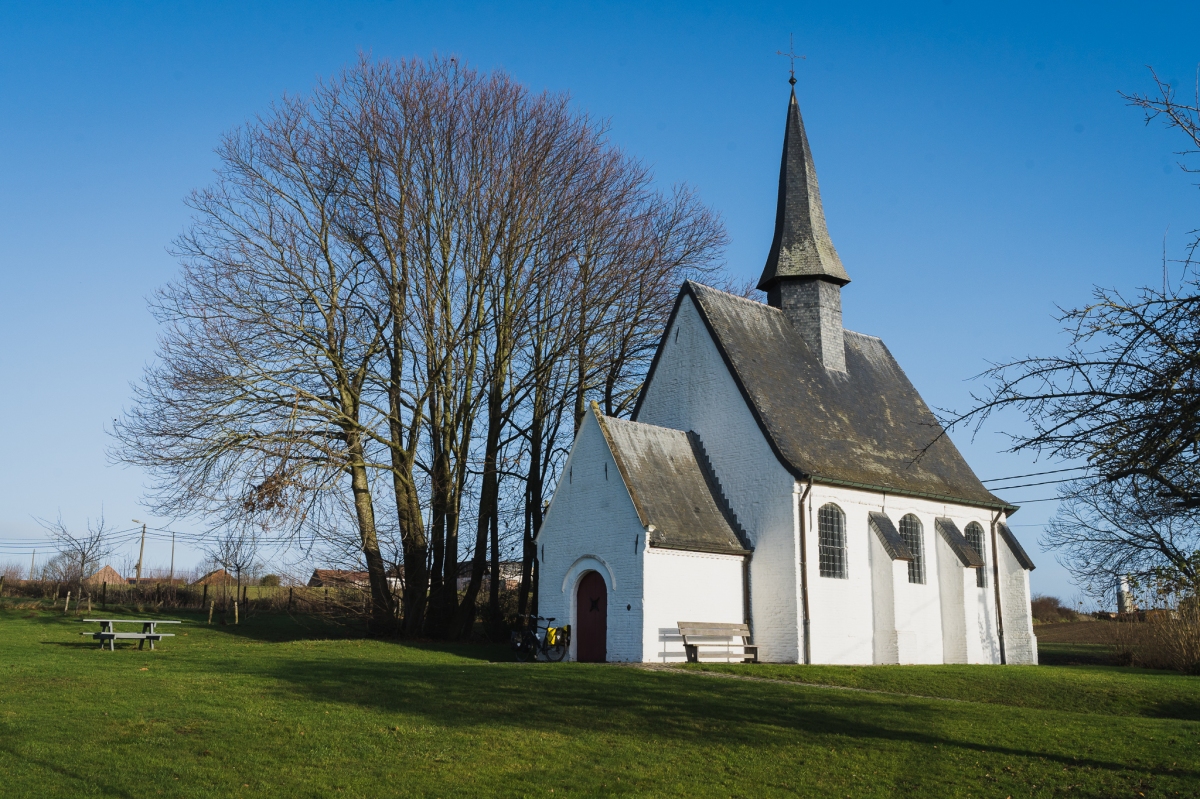

On my way back I circled around Brussels to go to Grimbergen.

Before getting to Grimbergen I discovered one of the most beautiful views on the skyline of Brussels: de Heirbaan in Meise. While cycling through nature you see all the landmarks of Brussels in a tiny version next to you, which makes Brussels look very small.
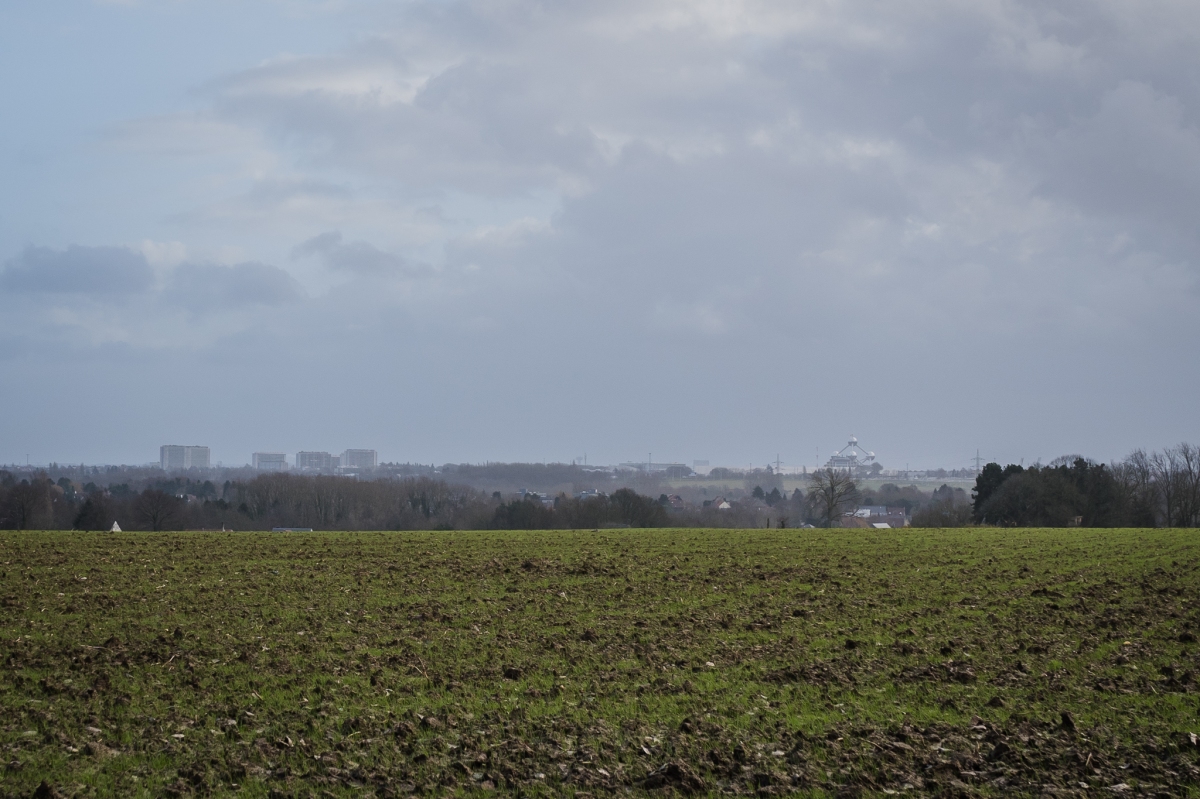
To conclude, this was a nice route, getting lost on my tour bike, camping in nature and reading books in the tent while it’s raining and 3°C. I’ll do this route again during the summertime.
The three concepts that can make your cycling trip a blast, no matter if it’s a one day trip or a full week holiday:
1. Paalkamperen: plenty of beautiful nature camping spots spread over Belgium. You can use them for free all year round. If you start planning a cycling-camping trip, it’s a good way to start planning around some good sleeping locations. All of them have a dry-toilet, a dedicated camping zone, some have a fire pit or a bbq. Check out the map on bivakzone.be. A similar system exists in The Netherlands.
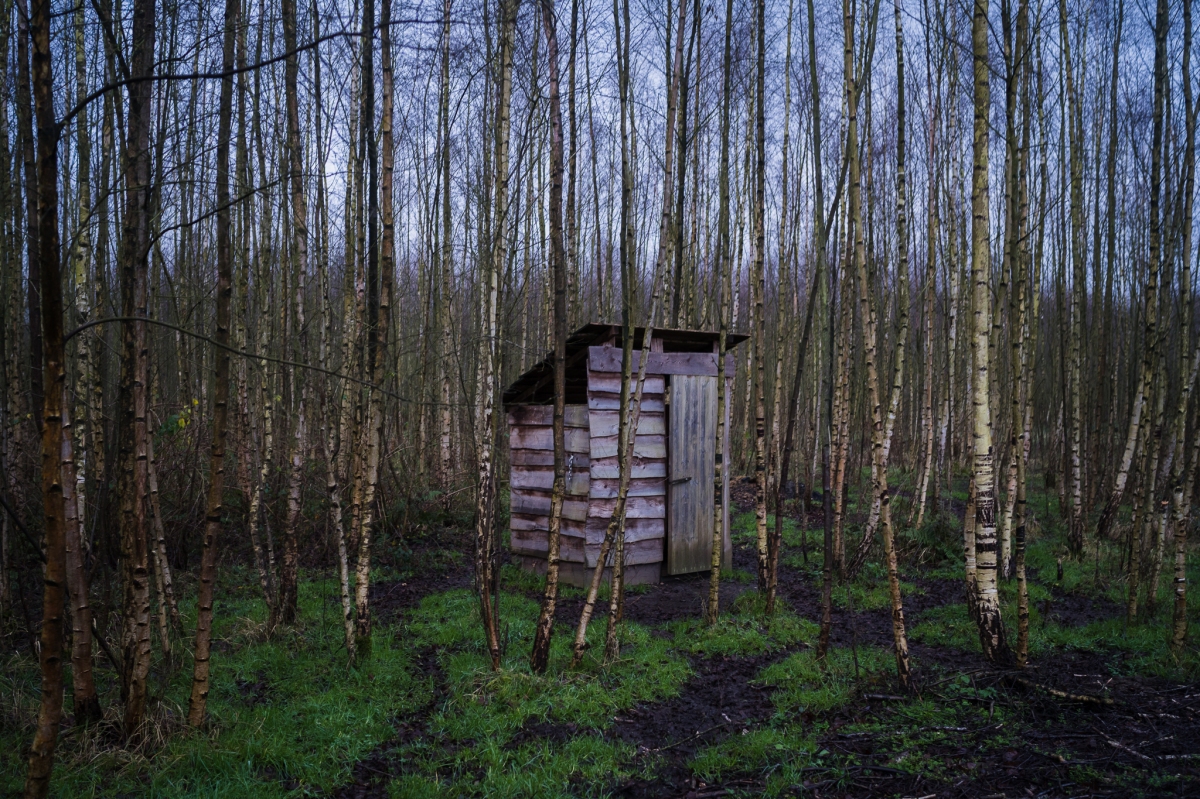
2. Old railway lines: you might have found out yourself already that all over Europe old railway lines have been converted to cycling paths. Most of them cross nature in a safe and efficient way, so if you use them for longer distances it ensures you of a nice trip. Check out this overview for Belgium or if you want to try it out in another country: UK railway lines. If you would rather cross Europe on even longer distances, than make sure to have a look on Eurovelo. You can find routes that go straight from Brussels, over the Alps all the way to the heel of Italy (Eurovelo 5).
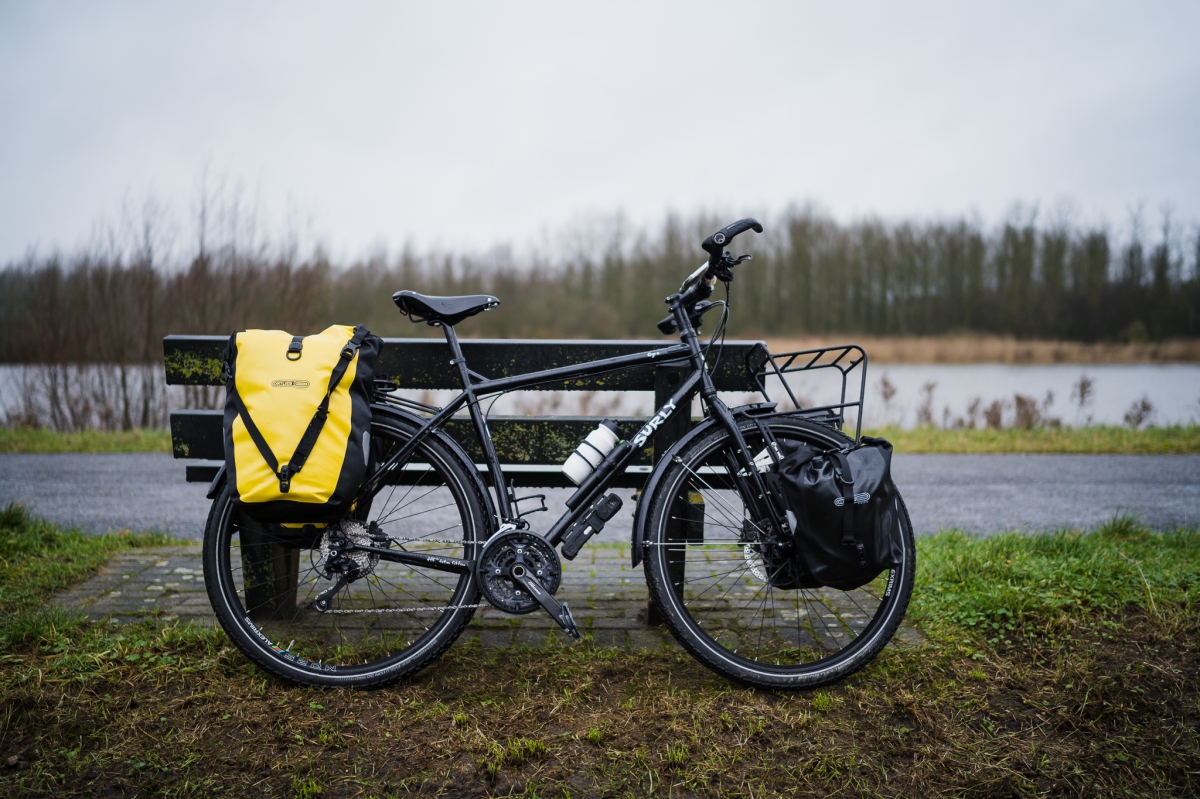
3. Canals: take a map, see if there’s a waterway and chances are big there’s a nice cycling path next to it. I cycled along the Schelde and Dender rivers for hours. It’s fast and it’s beautiful.


